Sleepy Summers No More
Sleepy Summers No More
By Lee Pace
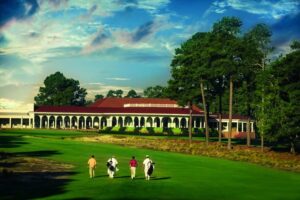 It was a quaint scene, for sure, those Sandhills summers back in the 1960s and ‘70s. The Bell family, owners and operators of the Pine Needles Lodge & Golf Club in Southern Pines, transferred incoming calls to a phone by the swimming pool, carried the laminated reservations board outside and spent the afternoon swimming, diving and answering phone calls from golfers booking golf reservations for the coming fall and spring.
It was a quaint scene, for sure, those Sandhills summers back in the 1960s and ‘70s. The Bell family, owners and operators of the Pine Needles Lodge & Golf Club in Southern Pines, transferred incoming calls to a phone by the swimming pool, carried the laminated reservations board outside and spent the afternoon swimming, diving and answering phone calls from golfers booking golf reservations for the coming fall and spring.
“It was sleepy during the summer for sure,” says Peggy Bell Miller, daughter of Warren and Peggy Kirk Bell. “All the staff went to Myrtle Beach. There was no business during the summer.”
 Pinehurst No. 2 was a favorite course of many of the nation’s top amateurs through their participation in North & South Amateur every April, but the course through the 1960s had never been the venue for the U.S. Amateur. A group of golfers led by Billy Joe Patton presented a petition to Pinehurst owner Richard Tufts to invite the United States Golf Association to hold the Amateur at Pinehurst. That led to Pinehurst hosting the Amateur in 1962, this during an era when the Tufts family left town and moved to Linville, where they had the management contract for Linville Golf Club and the Eseeola Lodge.
Pinehurst No. 2 was a favorite course of many of the nation’s top amateurs through their participation in North & South Amateur every April, but the course through the 1960s had never been the venue for the U.S. Amateur. A group of golfers led by Billy Joe Patton presented a petition to Pinehurst owner Richard Tufts to invite the United States Golf Association to hold the Amateur at Pinehurst. That led to Pinehurst hosting the Amateur in 1962, this during an era when the Tufts family left town and moved to Linville, where they had the management contract for Linville Golf Club and the Eseeola Lodge.
“The Amateur was held the third week in September, and Pinehurst had never been open that early,” Patton said. “They had to get the place ready and get staff back early to host the event.”
Golf architect Bill Coore was born in 1946 and grew up in the Davidson County countryside, just south of Thomasville about an hour’s drive from Pinehurst, and in the 1950s visited Pinehurst with some friends regularly during the summer to play golf on the No. 2 course.
“It was five dollars and you could play all day,” he says. “There was no one else around. More than once we played 54 holes in a day.”
Pinehurst was conceived in the late 1800s as a wintertime resort. Once golf took hold in the early 1900s, it was still an October-to-March high season well into the 1960s.
The catalyst to changing the calendar was the advent of air conditioning. By the late 1960s, most new homes in the United States had central air conditioning, and window air conditioners were more affordable than ever, fueling population growth in hot-weather states like Arizona and Florida.
The second was the purchase of Pinehurst Resort & Country Club in 1984 by Robert Dedman Sr. of Dallas and his club management firm, Club Corporation of America.
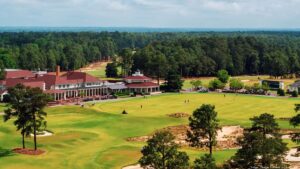 “When Club Corp bought Pinehurst, the whole business model changed,” says Bob Farren, who joined the course maintenance staff in 1982 and now is Pinehurst’s director of grounds. “Before that, course No. 2 was closed all summer. When ClubCorp took over, they said we need to fill in the summer business and build it up. A lot of big groups from the textile, tobacco and furniture industries brought groups to Pinehurst
“When Club Corp bought Pinehurst, the whole business model changed,” says Bob Farren, who joined the course maintenance staff in 1982 and now is Pinehurst’s director of grounds. “Before that, course No. 2 was closed all summer. When ClubCorp took over, they said we need to fill in the summer business and build it up. A lot of big groups from the textile, tobacco and furniture industries brought groups to Pinehurst
“Those industries have all changed and a lot of that business has dried up. But the summer business has grown.”
Yet another catalyst was the evolution of the ultradwarf Bermuda grasses in the early 2000s that allowed golf courses in the so-called Mid-Atlantic “transition zone” to convert their greens to a blade that could better withstand hot weather and heavy foot traffic, yet still provide smooth and quick putting surfaces. Farren remembers when U.S. Kids Golf brought its national and international championships to Pinehurst beginning in 2006 that the heavy play of four golfers and four sets of parent/caddies took a huge toll on the quality of the green.
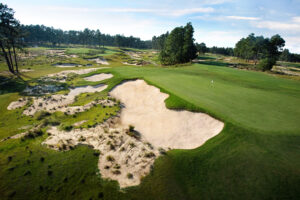 “We could not have supported the summer business we have now without the successful conversion of all our greens to ultradwarf Bermuda,” he says. “The business we have now in the summer could not be supported on bent grass. It was a challenge.”
“We could not have supported the summer business we have now without the successful conversion of all our greens to ultradwarf Bermuda,” he says. “The business we have now in the summer could not be supported on bent grass. It was a challenge.”
Figures available from the Pinehurst, Southern Pines, Aberdeen Area Convention & Visitors Bureau and its occupancy tax collections vouch for the explosion in summer visitors to Pinehurst, Southern Pines and Aberdeen. In 2015, the tax collections for June through August were nearly $390,000, and that number grew to nearly $520,000 four years later. Following the Covid-dip and the subsequent expansion of the golf industry, those numbers are expected to soar to approximately $850,000 for the most recent summer.
The linchpin is certainly the neatly 40 golf courses within a 15-mile radius, but the lodging, restaurant and attractions industry has blossomed in the 21st century as well. The microbrewery industry has exploded with four venues for craft beer and excellent food. Pinehurst Resort recently completed a renovation of its guest rooms, public areas and the Magnolia Inn in the village of Pinehurst.
On the first weekend in July 2023, U.S. Kids Golf drew 475 golfers and their families to the area for the Red White & Blue Invitational at four Pinehurst courses and Longleaf Golf & Family Club. That event has become a prelude to the last week of the month and the first week in August, when U.S. Kids stages back-to-back its World Teens finals for ages 13-18 and then the World Kids competition for ages 5-12.
 “Summer in Pinehurst was a sleepy, shoulder season when we first came here in 2006,” says Dan Van Horn, the founder of the U.S. Kids program. “It was a challenge for the resort and the community to gear up to handle all the traffic. We wore out the bent greens with all of the traffic. Then they changed to Bermuda, and the greens have thrived. The restaurants in town have learned to gear up for all the people. It puts a strain on their staff.”
“Summer in Pinehurst was a sleepy, shoulder season when we first came here in 2006,” says Dan Van Horn, the founder of the U.S. Kids program. “It was a challenge for the resort and the community to gear up to handle all the traffic. We wore out the bent greens with all of the traffic. Then they changed to Bermuda, and the greens have thrived. The restaurants in town have learned to gear up for all the people. It puts a strain on their staff.”
So much so, in fact, that many in the hotel and restaurant business breathe a sigh of relief when they survive another two-week invasion of families from 50-some foreign countries. It’s a good problem to have, make no mistake, and quite a contrast from the days when all the employees migrated to the beach or the mountains.
Chapel Hill-based writer Lee Pace has written about golf in the Sandhills since the late 1980s and has authored a dozen books about the clubs, courses and people who have made it special over more than a century.
Other Blogs
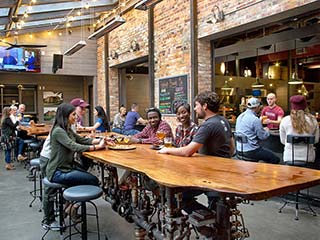
10 Great Things To Do
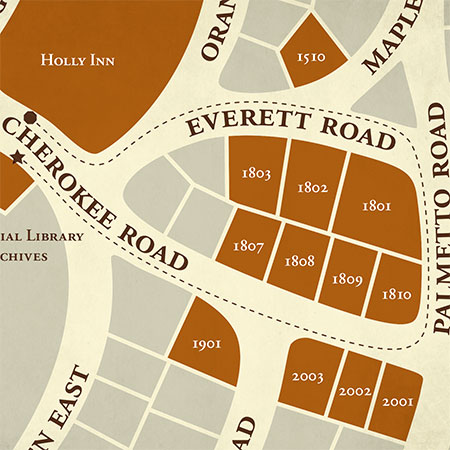
Discover The Path To Pinehurst’s Past

Insider Golf Tips

Unique Wedding Venues

North Carolina Couples Vacation
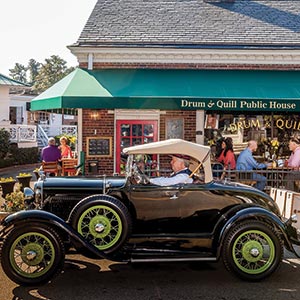
Our Favorite 19th Holes in the Home of American Golf

Girlfriend Getaways

Tobacco Road: A Truly Unique Golf Adventure
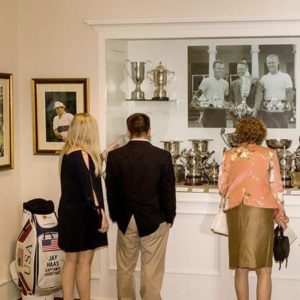
Carolinas Golf Association Hall of History

Where the Ladies Golf
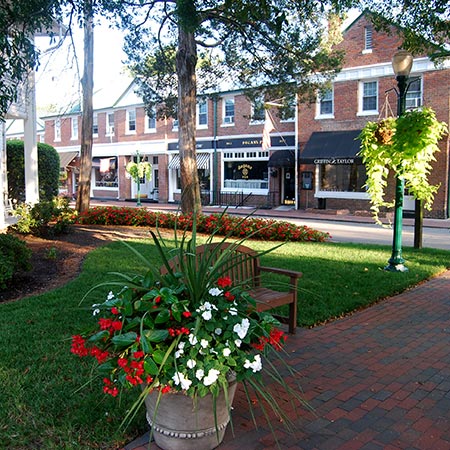
Romancing Pinehurst
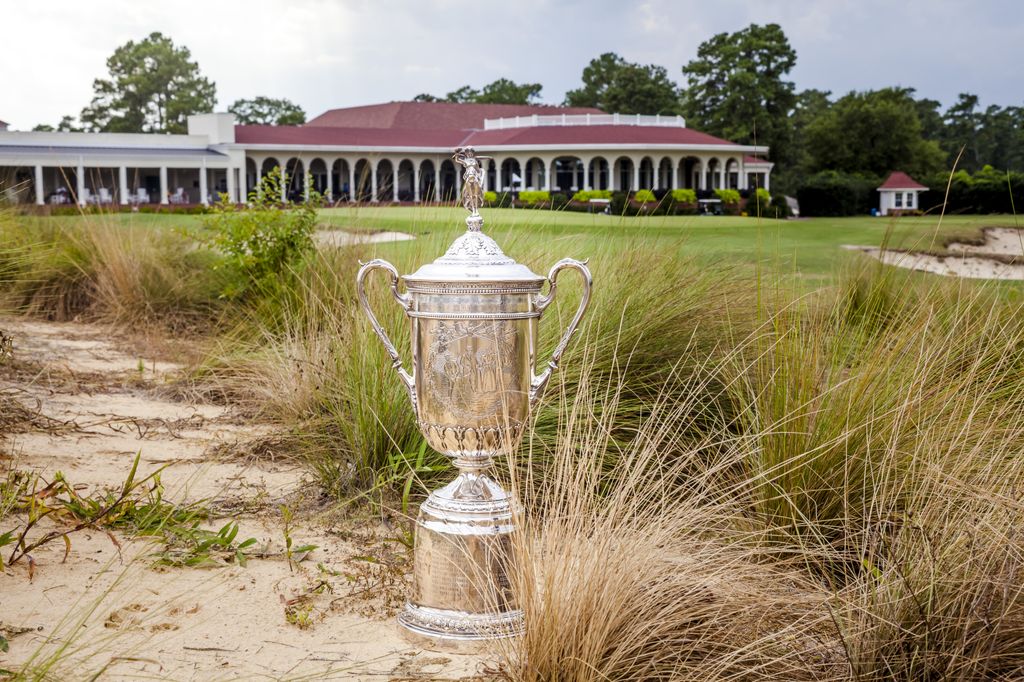
Home of American Golf and U.S. Open Connections
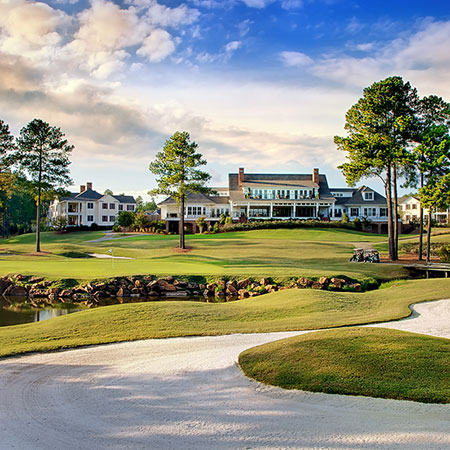
Former U.S. Open Champions Provide Pinehurst Area Some of Its Finest Designs

Donald Ross First of Many Architects to Design U.S. Open-Quality Courses in Sandhills
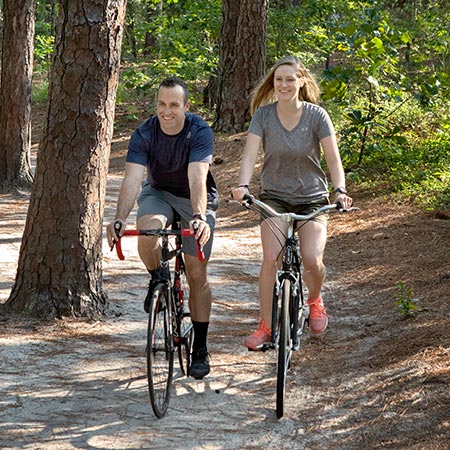
Sandhills Offers Outstanding Variety of Outdoor Activities
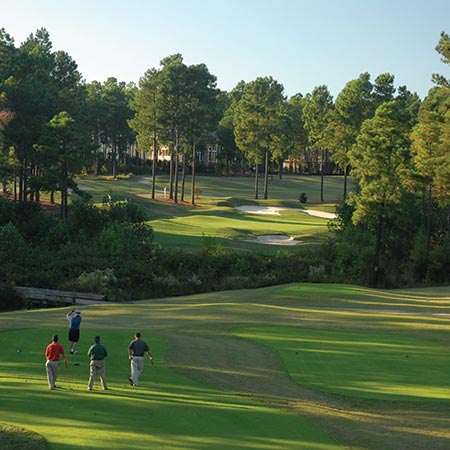
Buddy Golf Trip
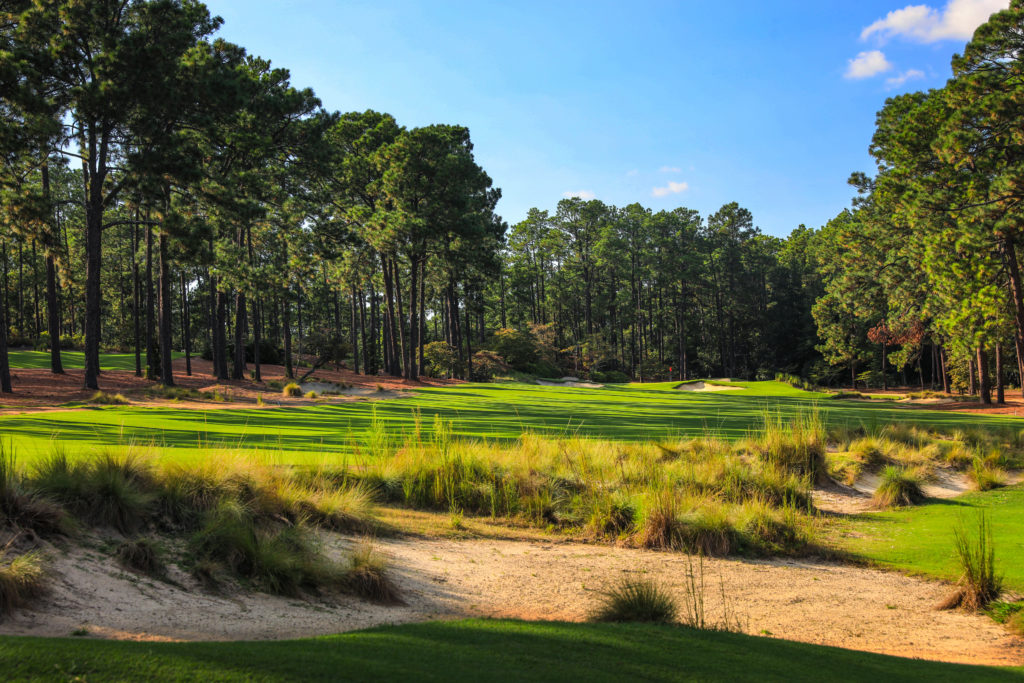
18 Holes of Local Knowledge for the Sandhills Golfer
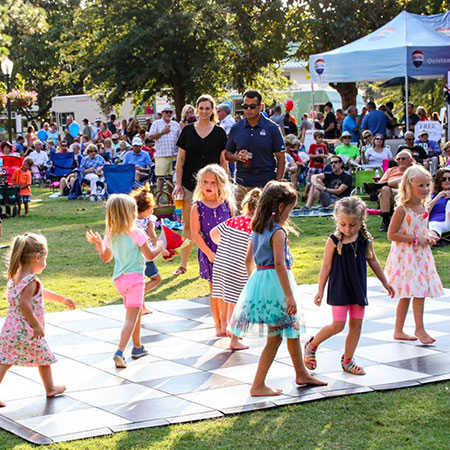
The Family Fun Trip
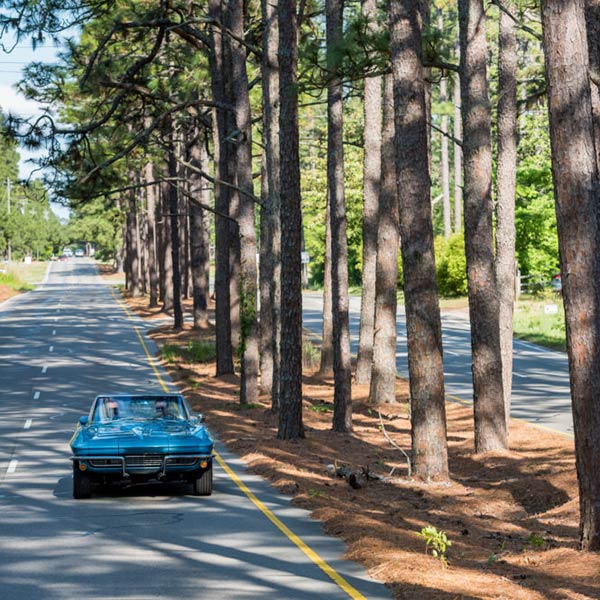
Midland Road: The “Fifth Avenue of Golf”
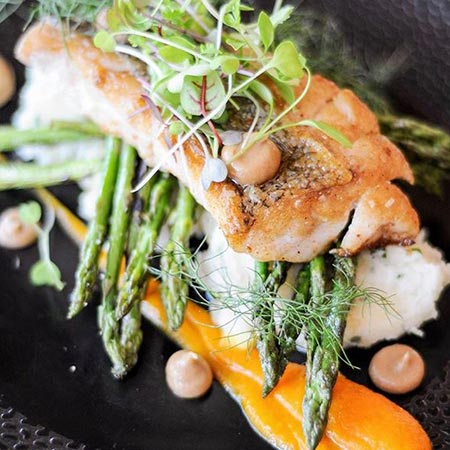
Collards, Community and Collaboration
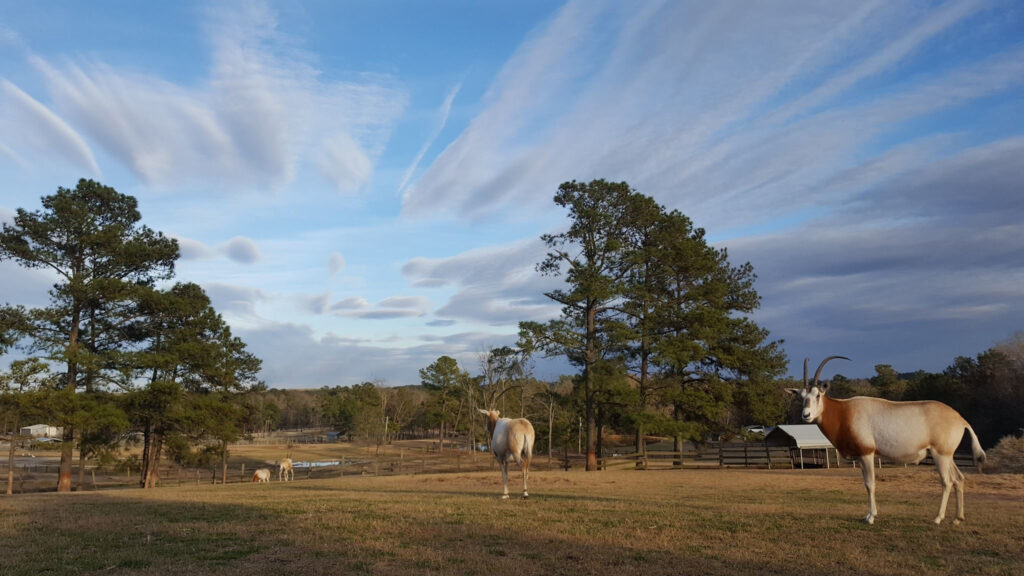
10 Little-Known Facts About North Carolina’s Pinehurst/Southern Pines Region

Sandhills Holiday Gift Guide
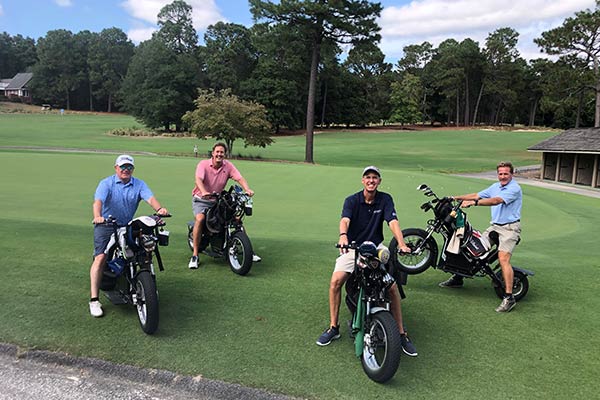
Spring Primer: Local Knowledge from the Home of American Golf

Our Favorite Coffee Shops in the Sandhills
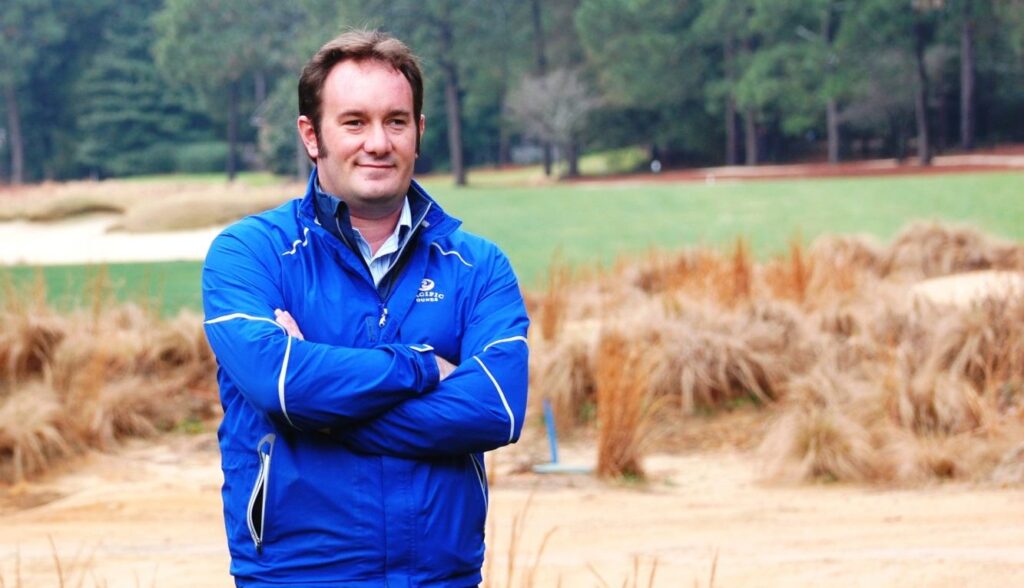
Franz Creating Legacy on the Links

Bring Fido! Pet-Friendly Finds Among the Pines
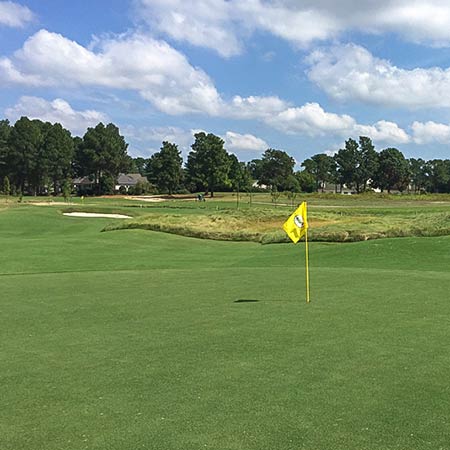
Bottlebrush: Pinehurst Area’s Best Kept Secret
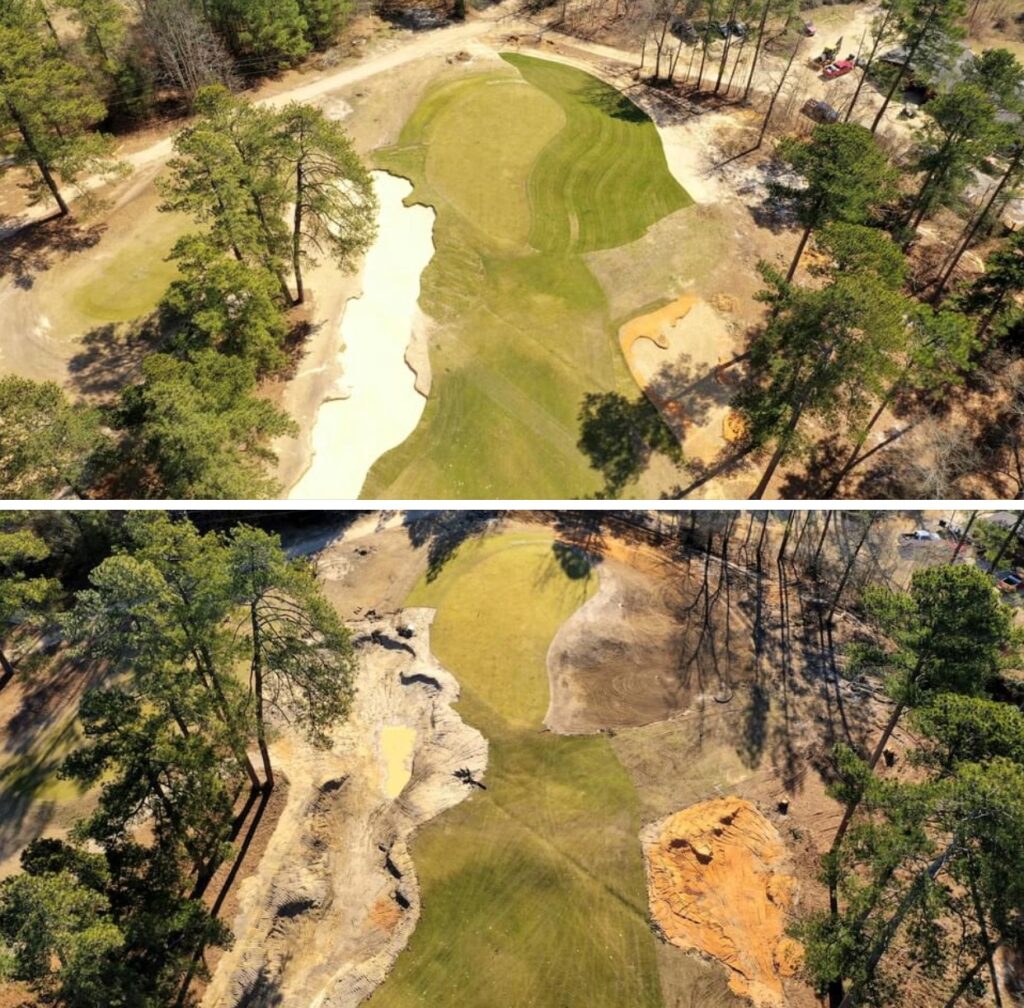
Franz Part 2: The Legacy Continues

Why Visit Pinehurst If You Don’t Play Golf?

First Timer’s Guide to Pinehurst
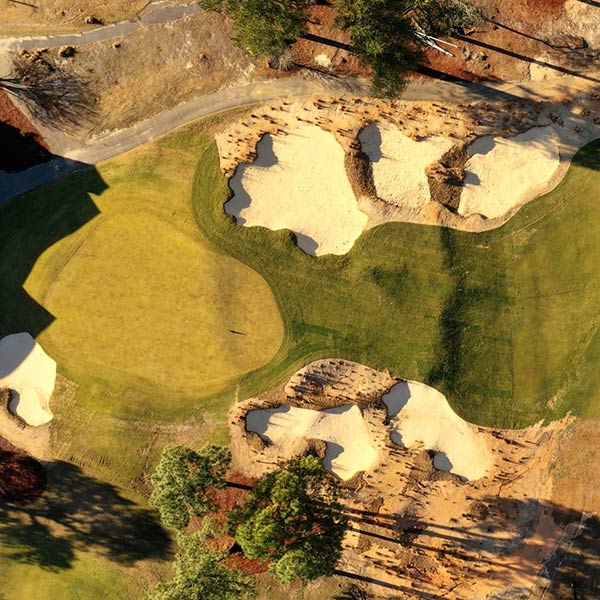
Franz Part 3: On Sandhills Topography

Top 10 Places for a #Sandhills Selfie
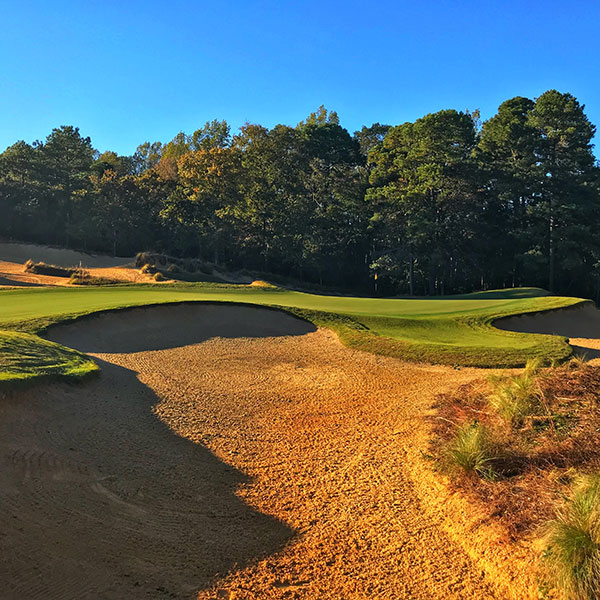
“Bermuda Revolution” Around Sandhills Leads to Ideal Year-Round Golf

Hunger Games – Sandhills Golfers Dining Guide

Episode 1: Golf Tips with Nick Bradley

Episode 2: Golf Tips with Nick Bradley

Sandhills Embraces Walking Culture
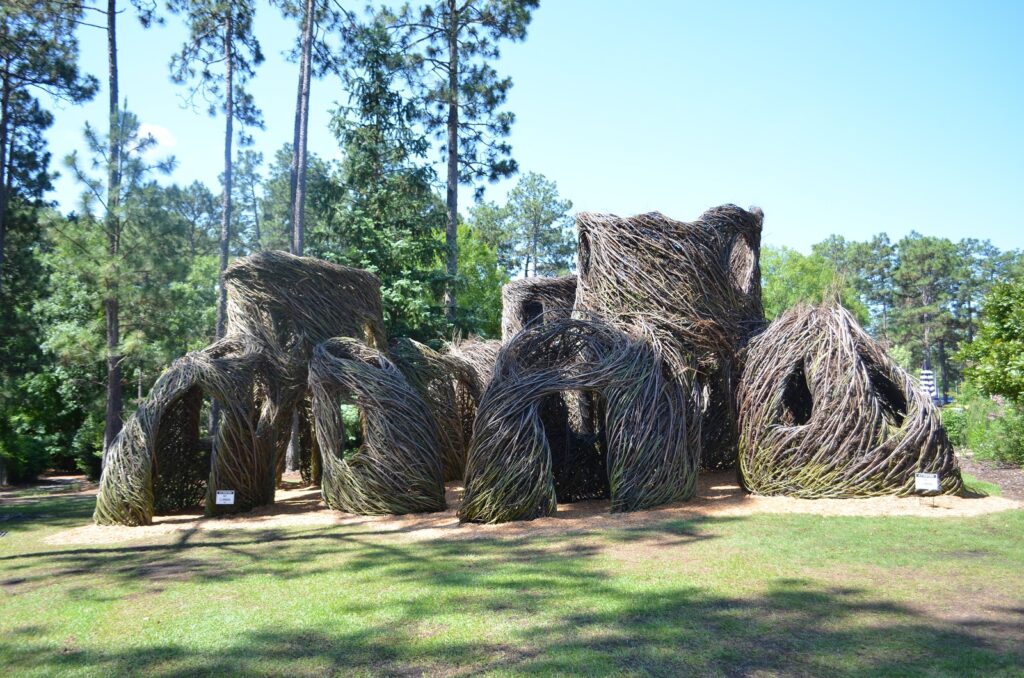
Patrick Dougherty: The Stickman Cometh

Dining A to Z

Fall Renewal in the Sandhills

Pinehurst’s Ryder Cup 1951

No. 2 Celebrates 10 Years

2004 Ryder Cup That Wasn’t
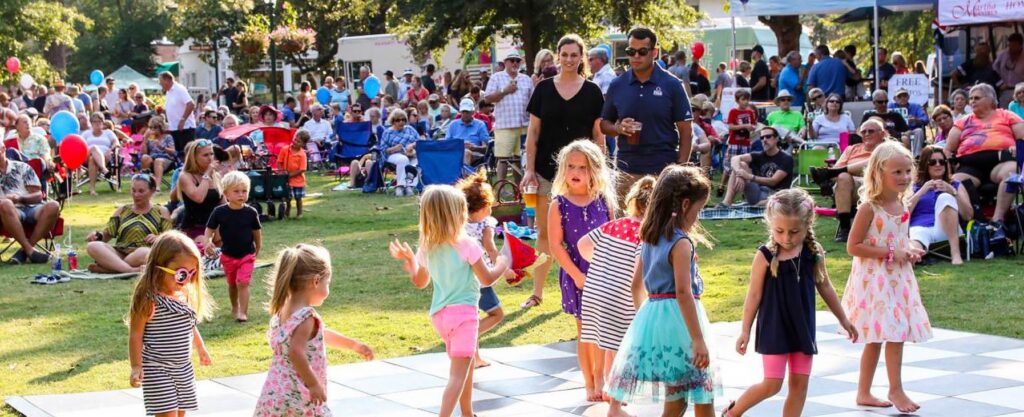
Family Fun in the Sandhills
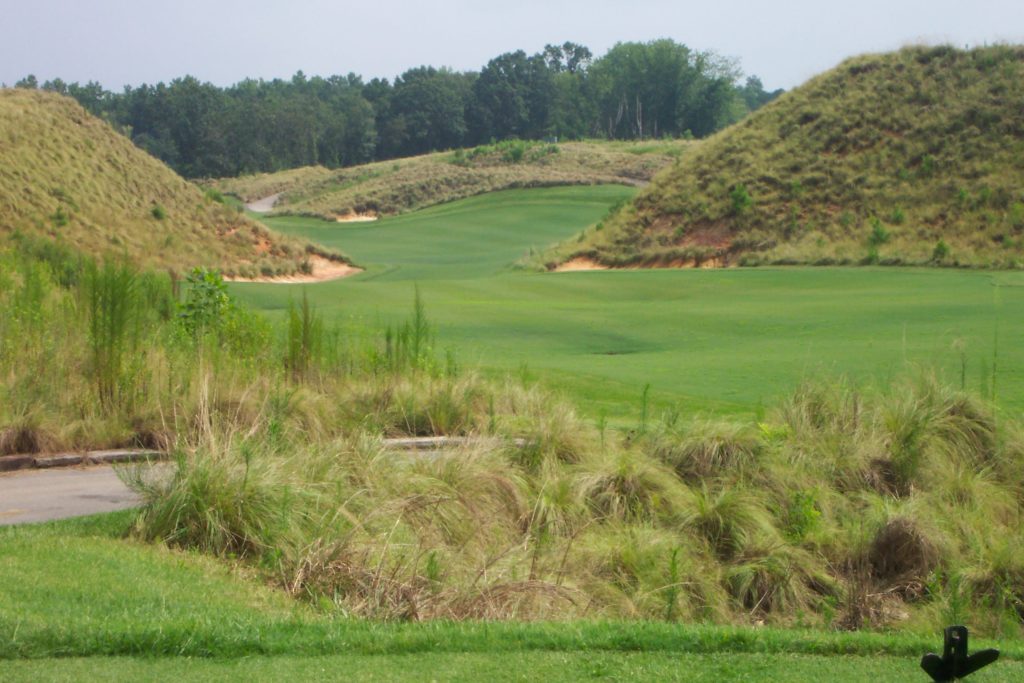
Remarkable Golf Stays in The Pinehurst Area

Couples Weekend Getaway Ideas

Nature’s Canvas: Tobacco Road

Perfect Getaway to Southern Pines

Culinary Discoveries in the Sandhills of N.C.

Restaurant Roundtable Q&A
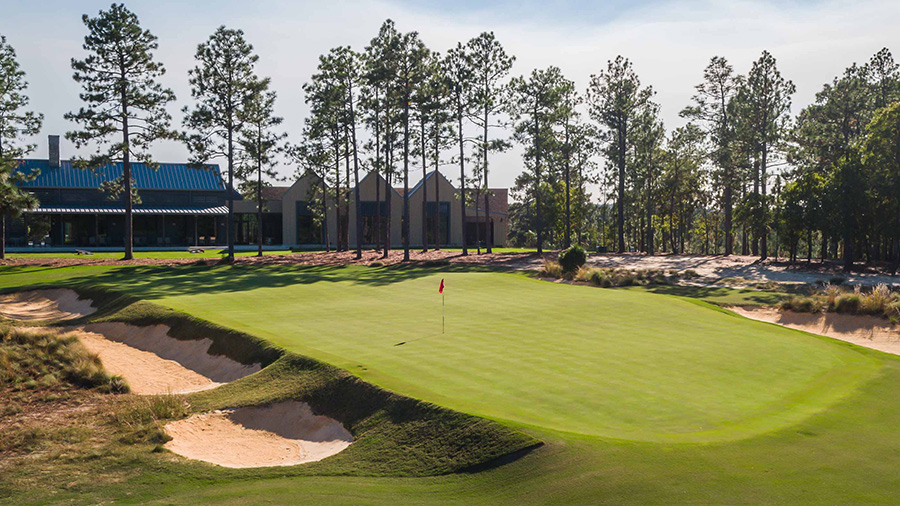
Dormie Club’s New Era
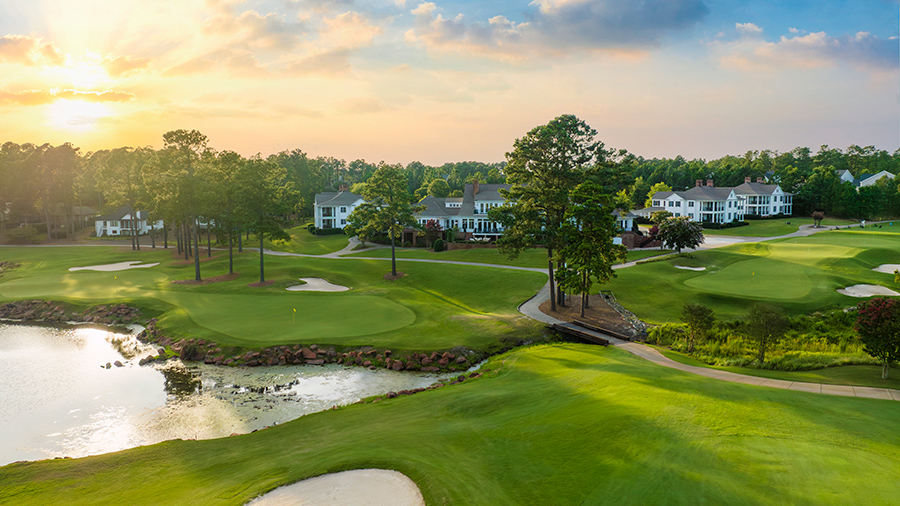
Talamore and Mid South: History of Their Own

Undiscovered Pinehurst

Off for Pinehurst
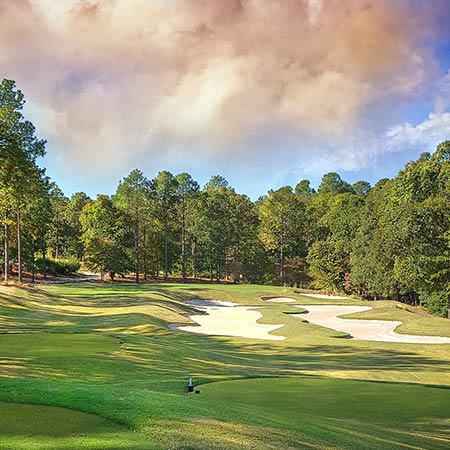
Talamore Doing More for 2022
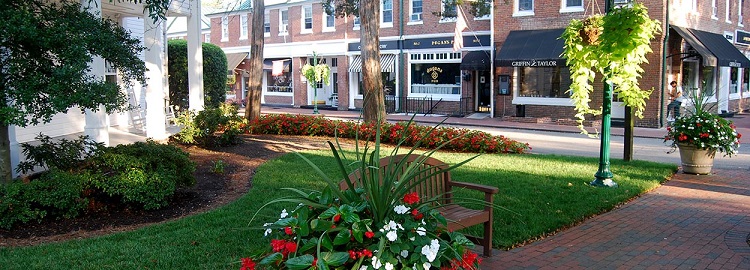
Romantic Gift Ideas In Pinehurst Area

Foodie Weekend in the Sandhills
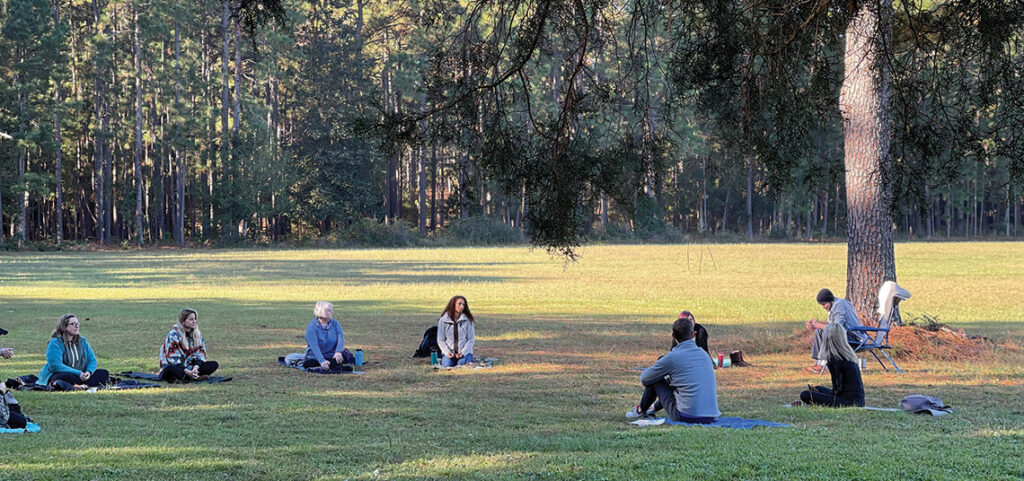
Wellness in the Pines

The Military Means Business in the Sandhills
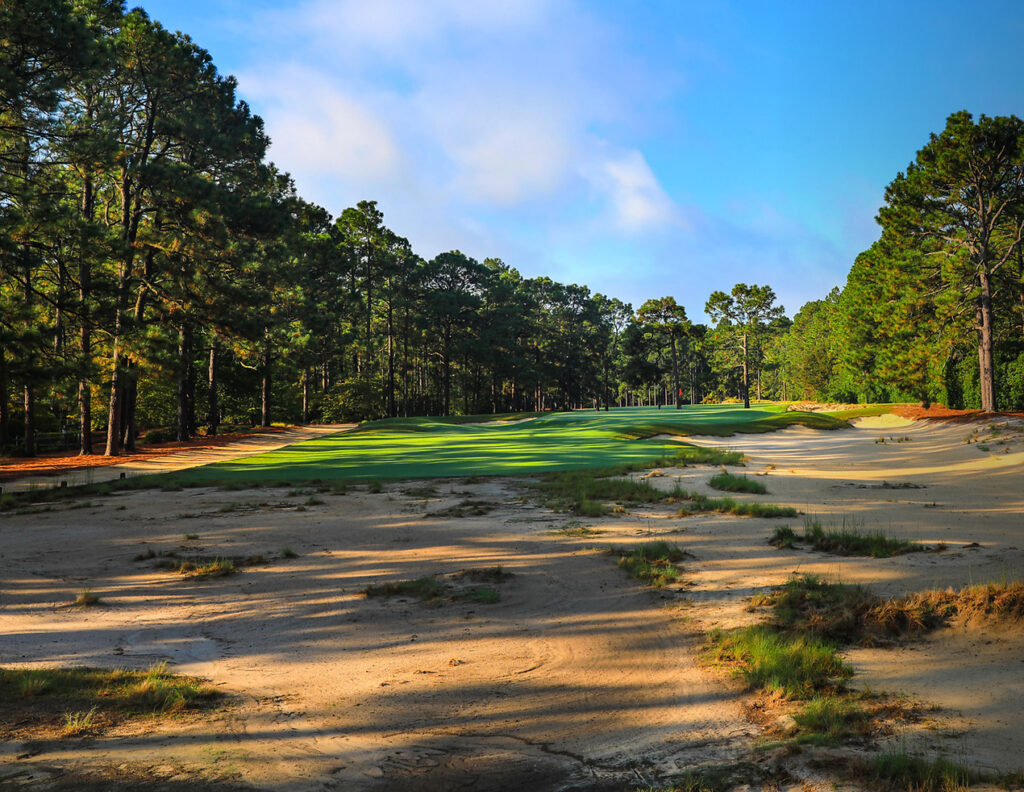
Pine Needles Goes Back in Time
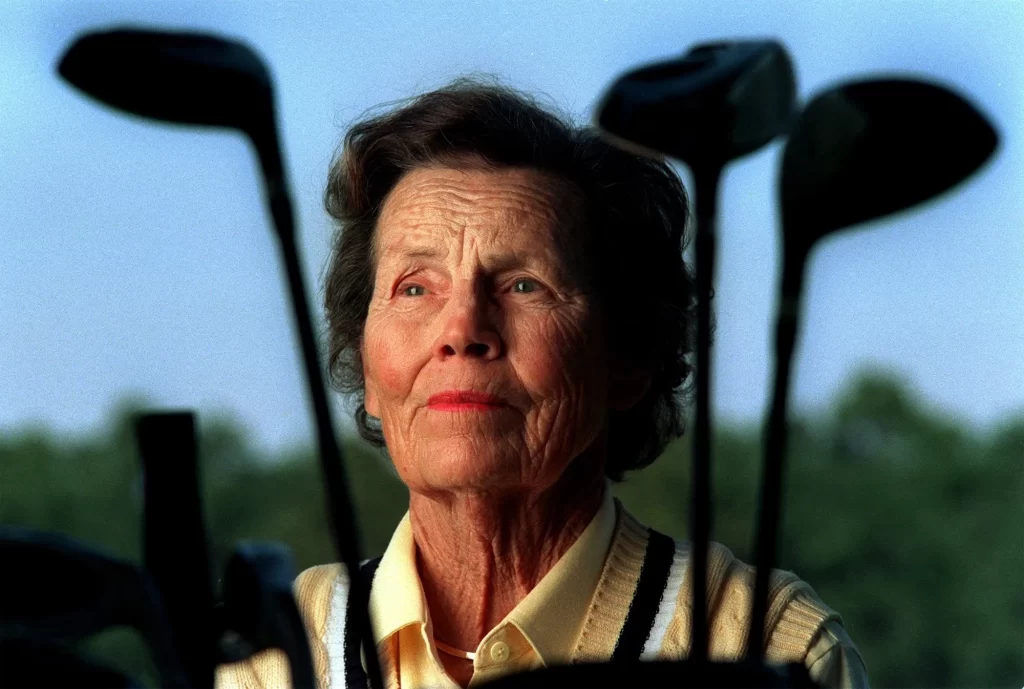
Grande Dame of Women’s Golf

A Guide to Berry Picking in the Sandhills
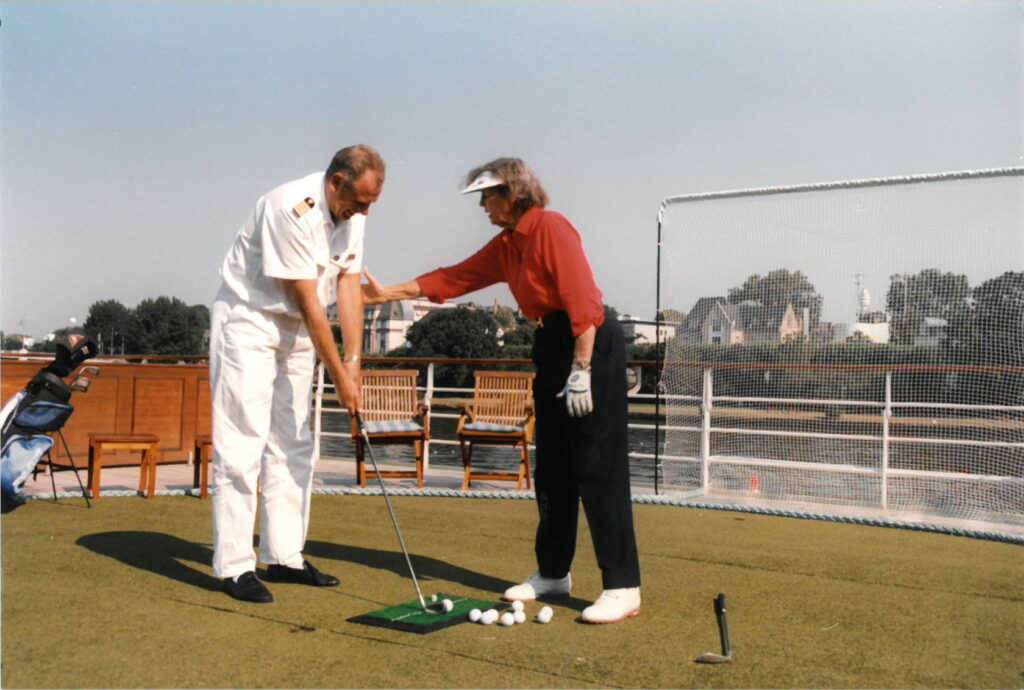
Waltzing on the Danube with Peggy Kirk Bell

From Cradle to Cradle

Donald Ross Could Golf His Ball
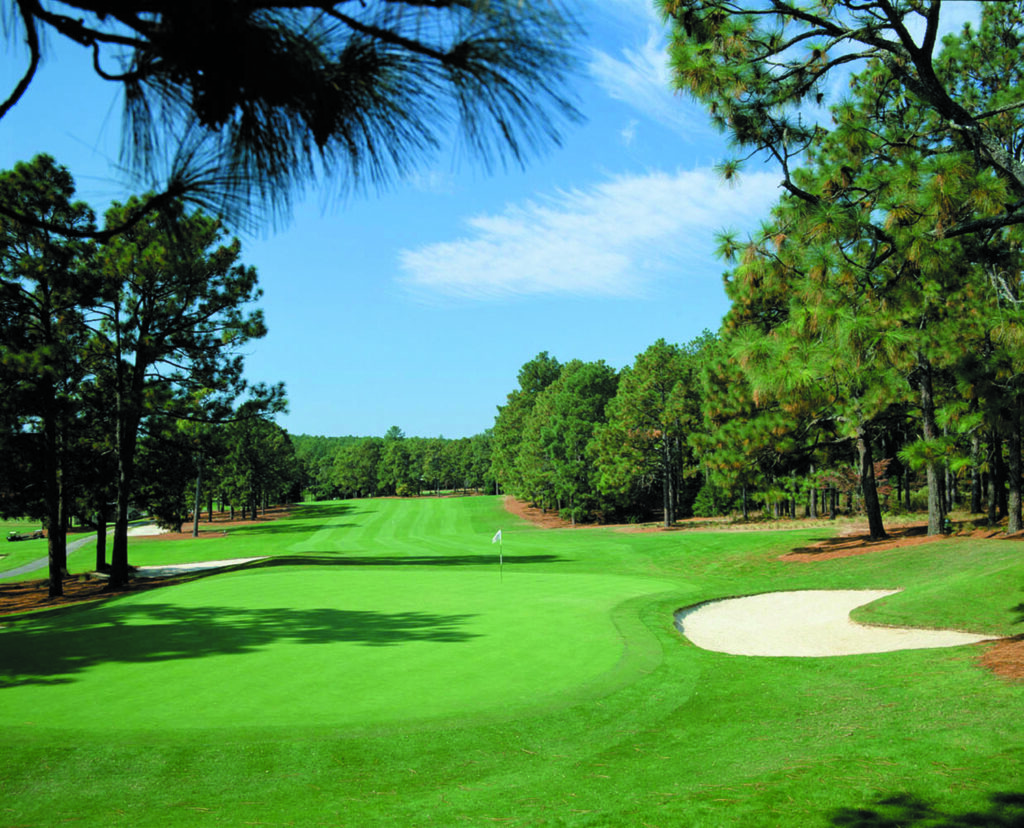
No Resting on Laurels Around the Home of American Golf

Flower Farms in the Sandhills
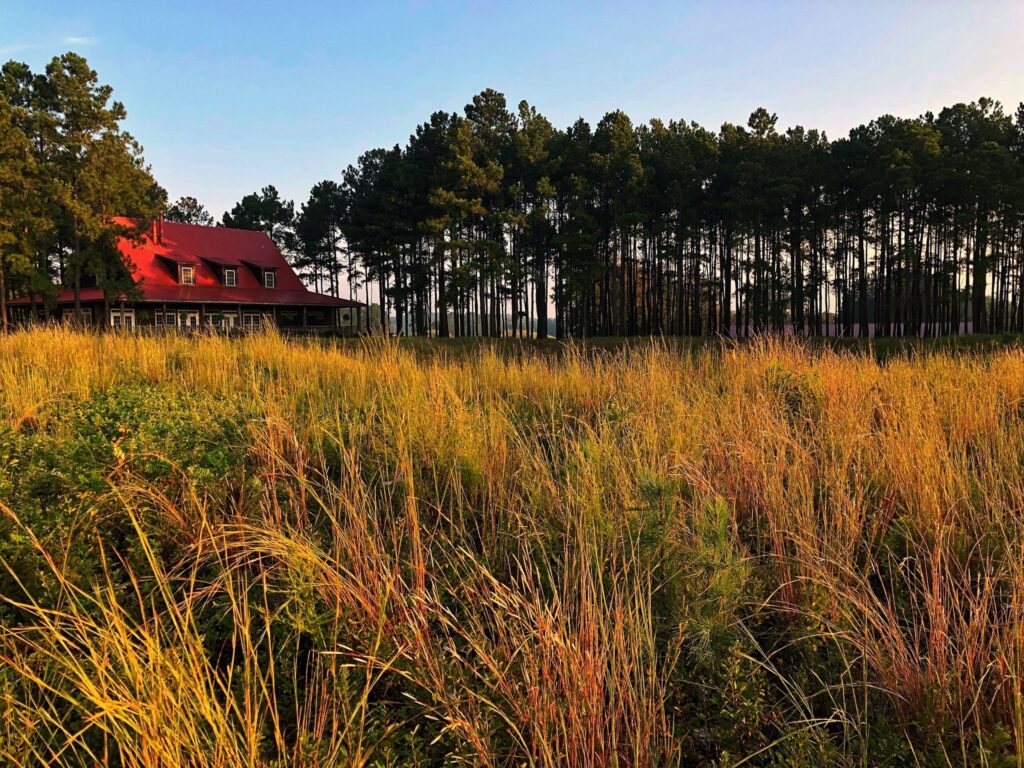
Fall into Pinehurst Golf

What Goes Around…
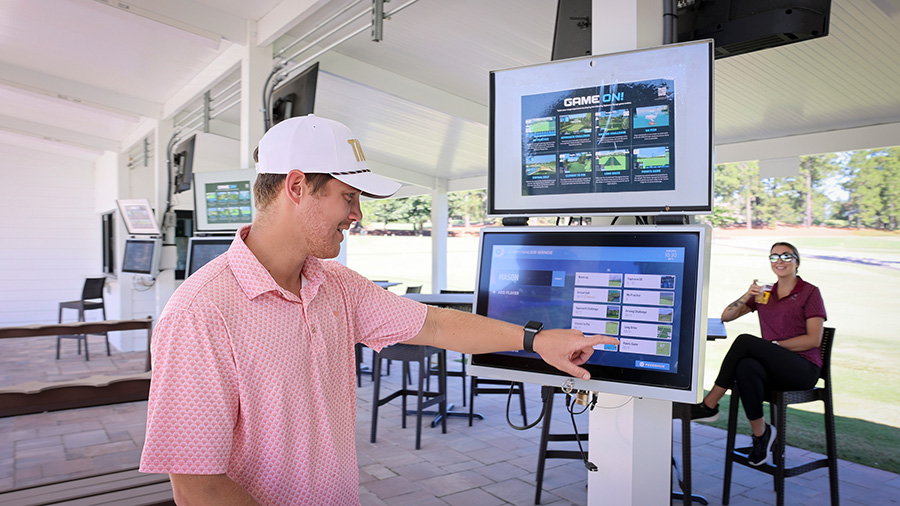
Talamore Resort Debuts New Toptracer Range

The History of the Pinehurst Inns
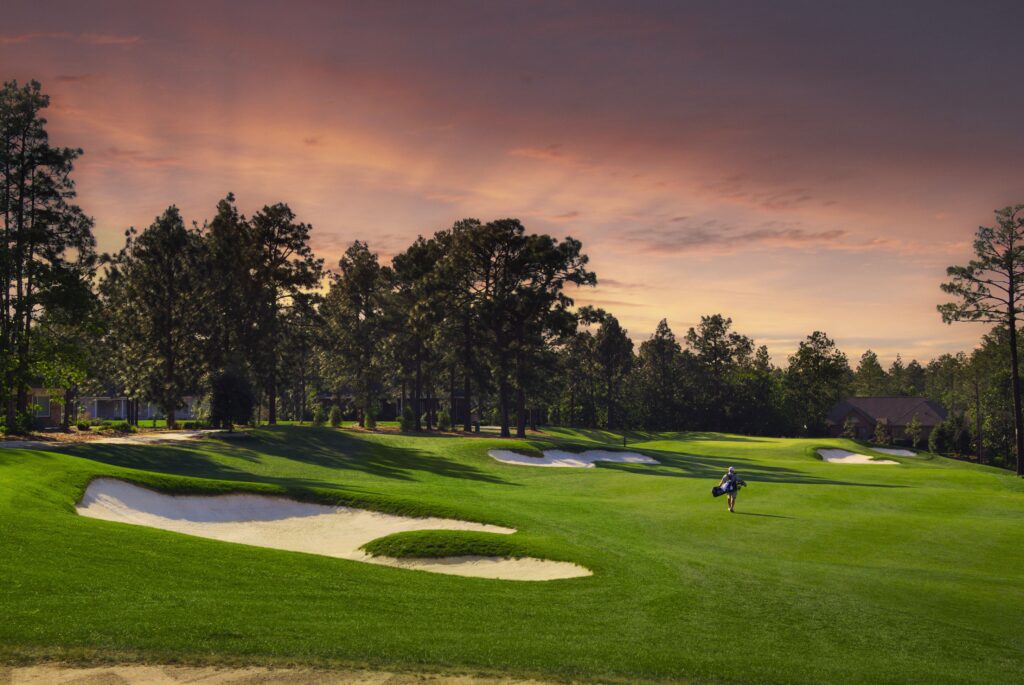
“For me, Pinehurst is such a special place for golf!”- Tom Fazio
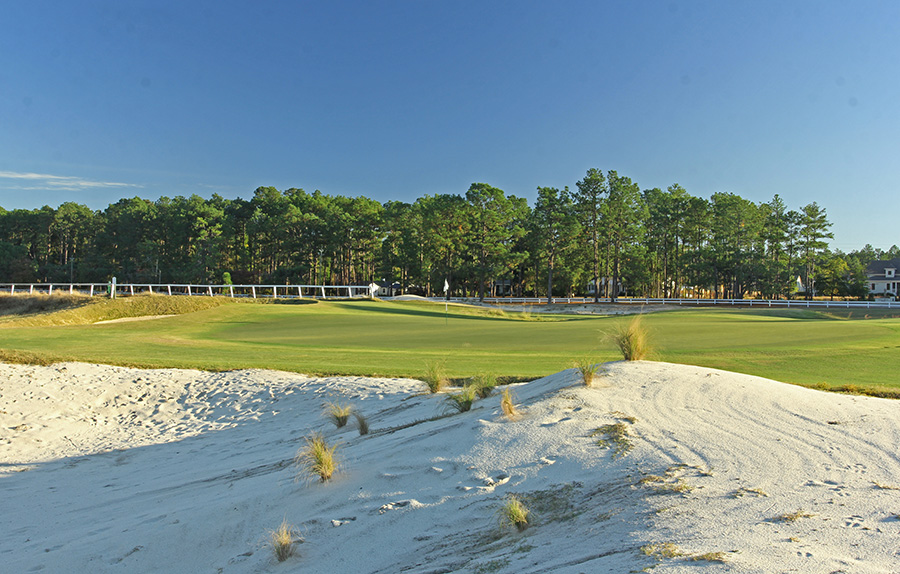
Maples Roots Run Deep in Sandhills Golf Design

New Southern Pines Mural

Pinehurst Area Buzzing with 2023 Excitement

Discover the Sweetness of the Sandhills

Celebrating the New Year in Moore County

The Big Three
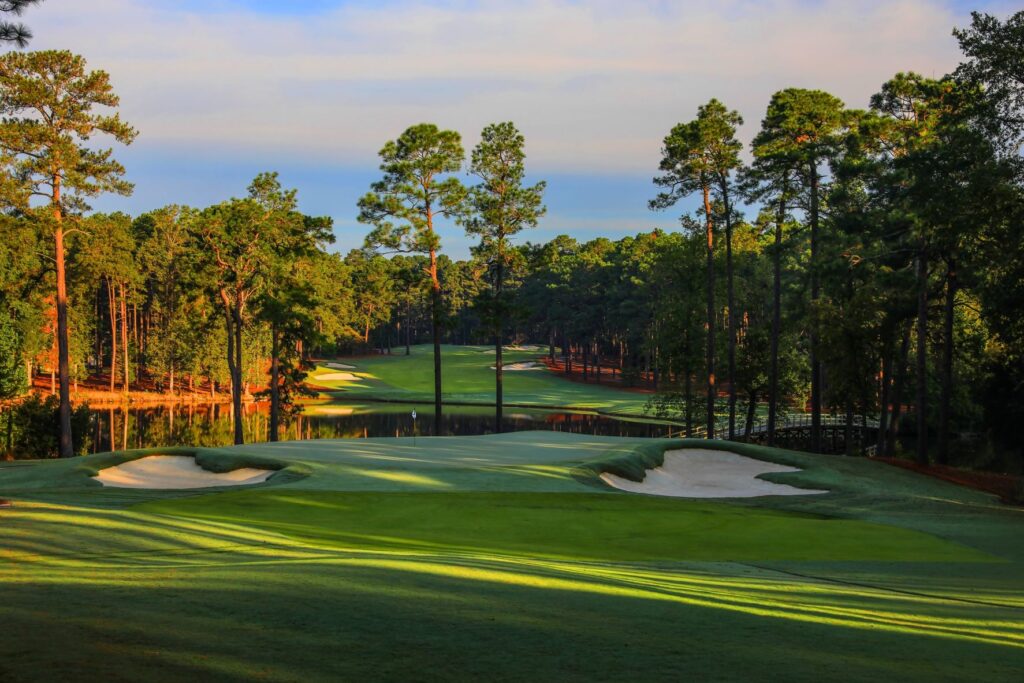
Jones Family Imprint
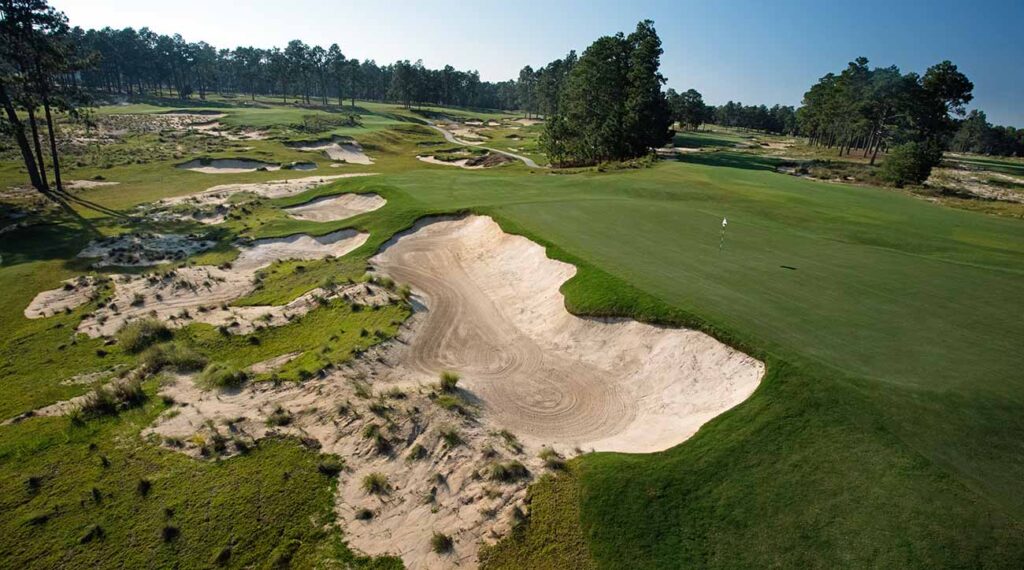
The Hanse Touch
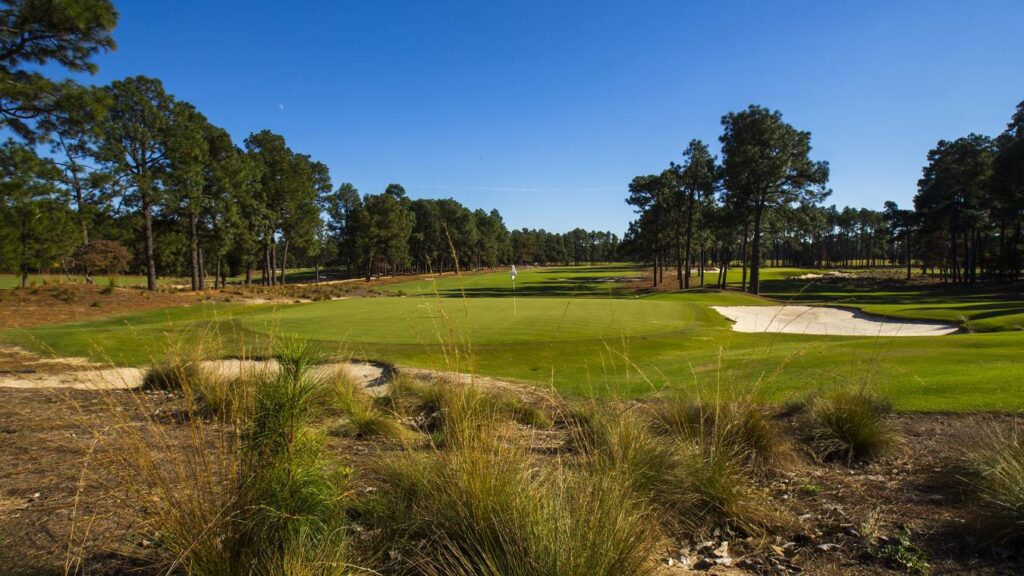
Coore & Crenshaw Roots Run Deep
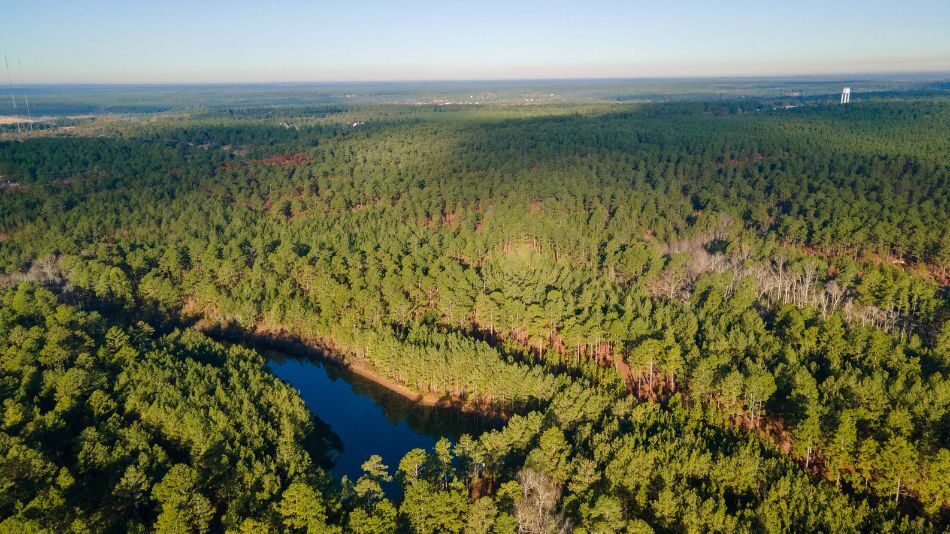
Pinehurst Resort Announces New Course to be Designed by Tom Doak
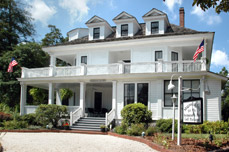
PINEHURST’S MAGNOLIA INN REOPENS
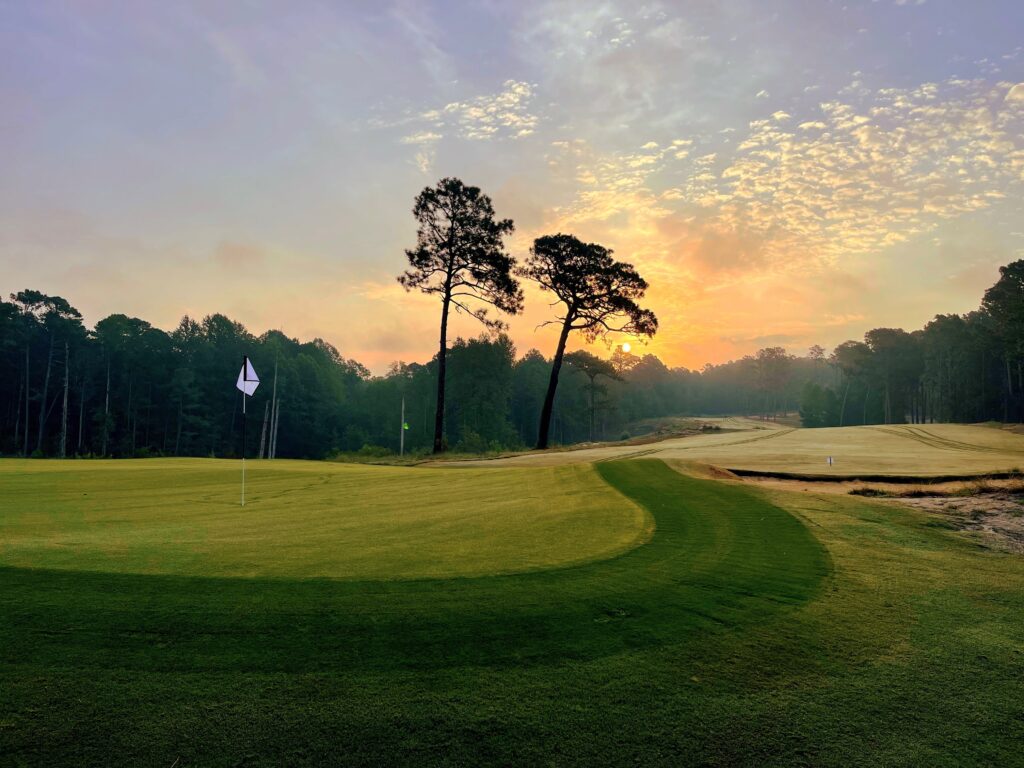
Southern Pines Golf Club Recognized
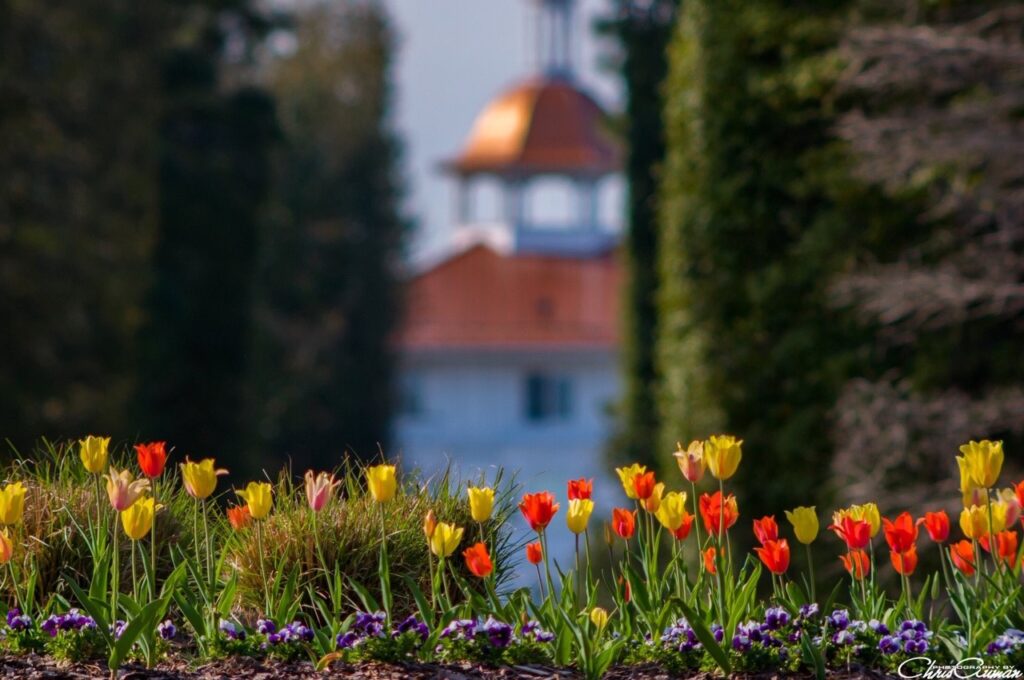
Spring in the Sandhills

Mother/Daughter Weekend in the Sandhills
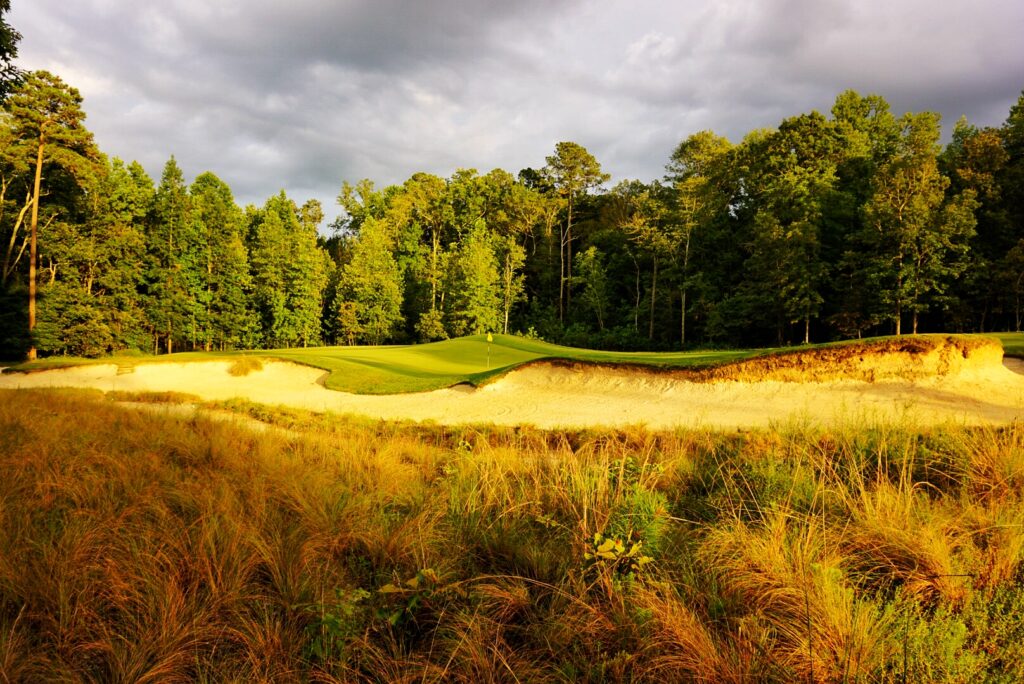
A Few of Our Favorite (Golfing) Things
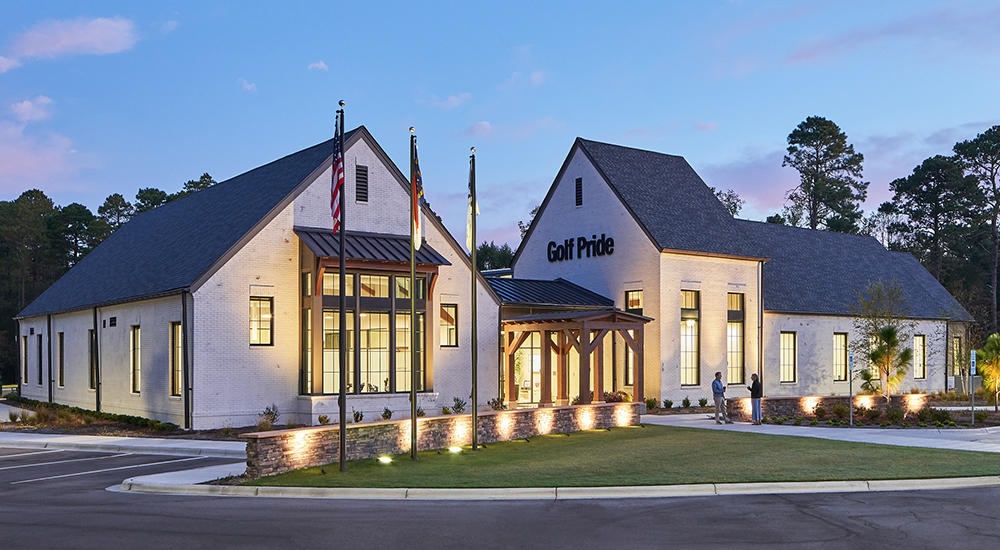
Golf Pride Retail Lab a must-see experience for your Pinehurst itinerary
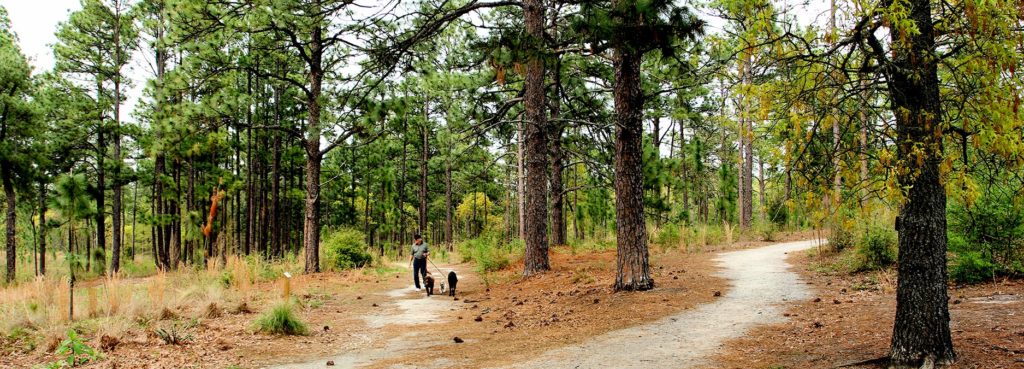
6 Trails to Explore for the Year of the Trail

Pinehurst No. 2 Still Ranked Best Course in NC

Sandhills Ecology 101
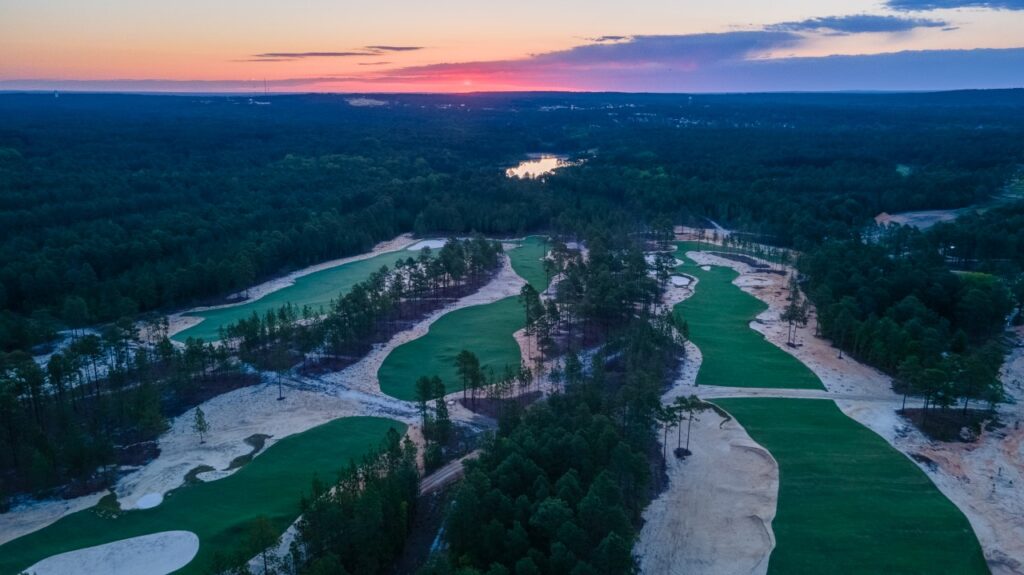
X Marks the 10-Spot

Best Date Night Ideas in the Sandhills
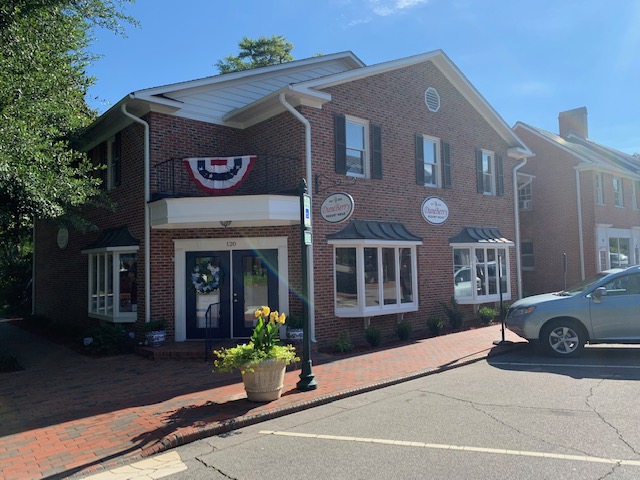
Small Towns Big Style

9 Urban Trails Around Pinehurst Area
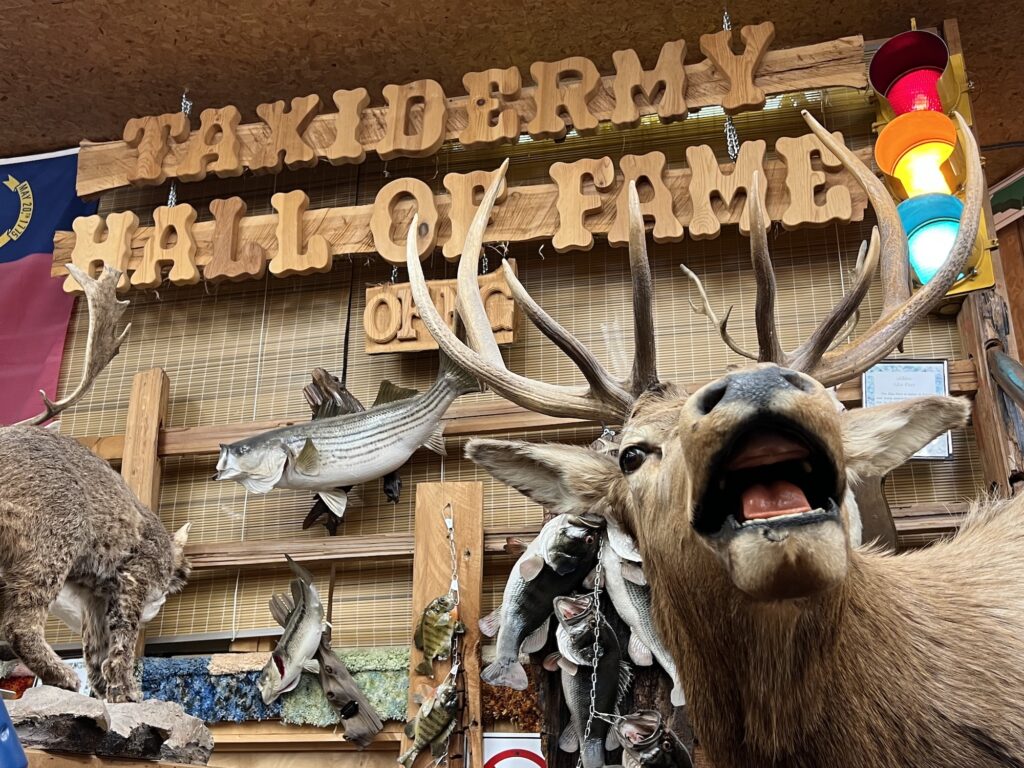
Uniquely Pinehurst

2024 U.S. Open: A Look Ahead

1999 U.S. Open: A Look Back

A Restorative Weekend Getaway at Tanglewood Farm B&B in Southern Pines
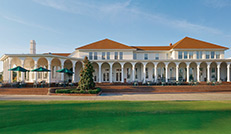
Top Things To Do On A Long Weekend

Independence Day in the Sandhills
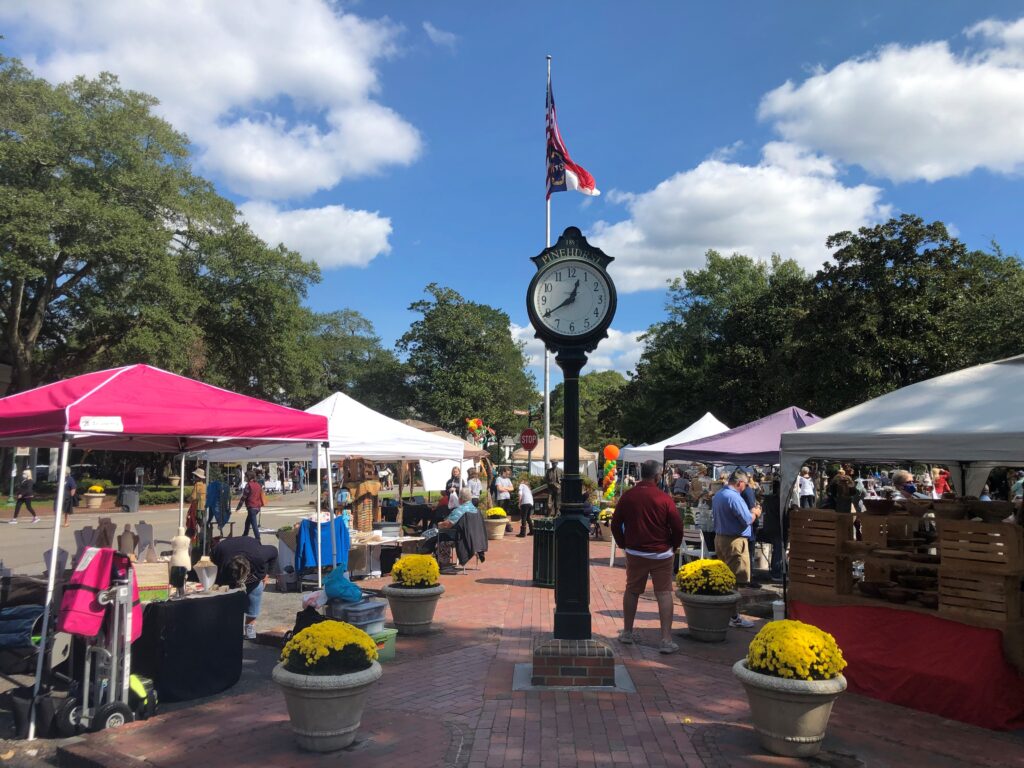
Fall Events Around the Sandhills

Celebrating NC Peaches

Kid You Not

Getting Outside

When They Were Young
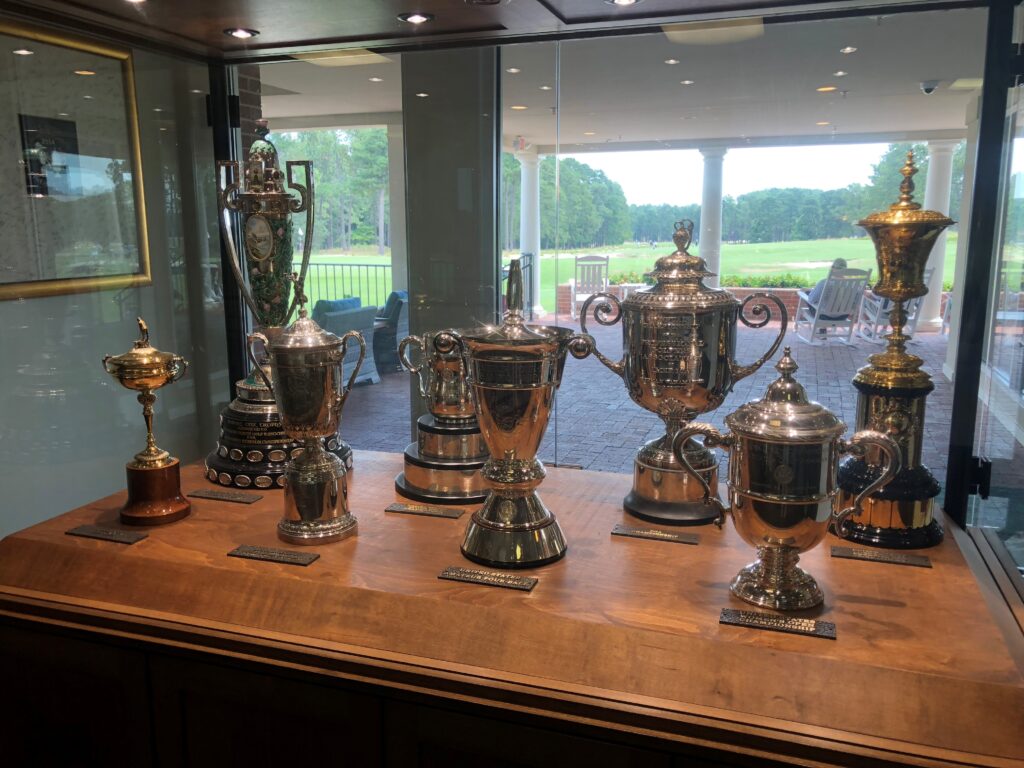
Pinehurst Major-itis

Loving Our Black & Whites
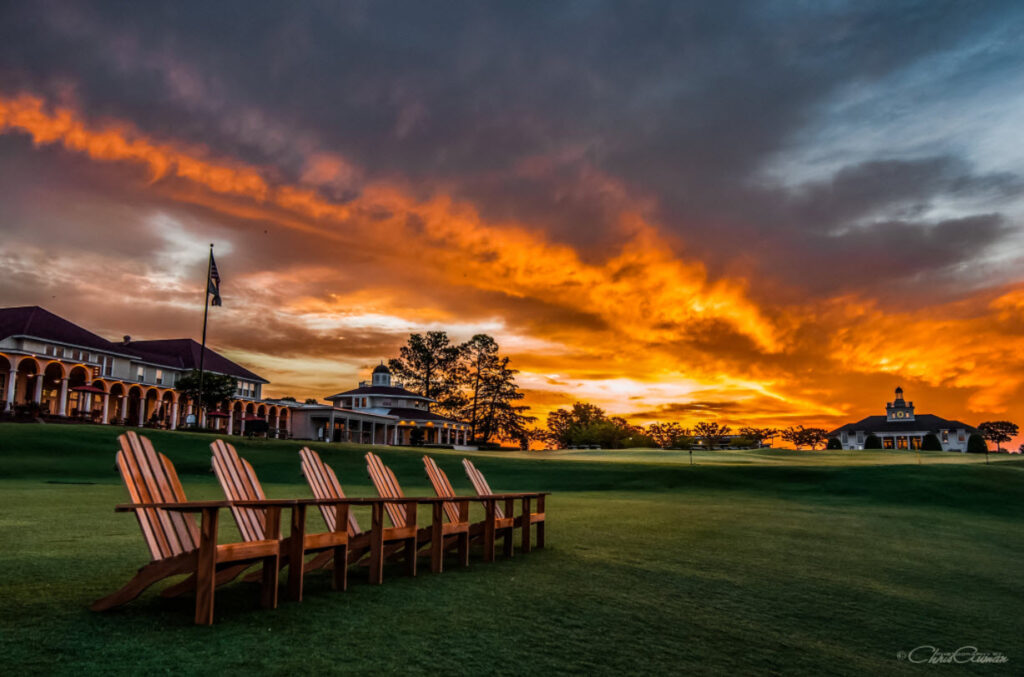
Lens of the Sandhills

Festival D’avion Named as Signature Event
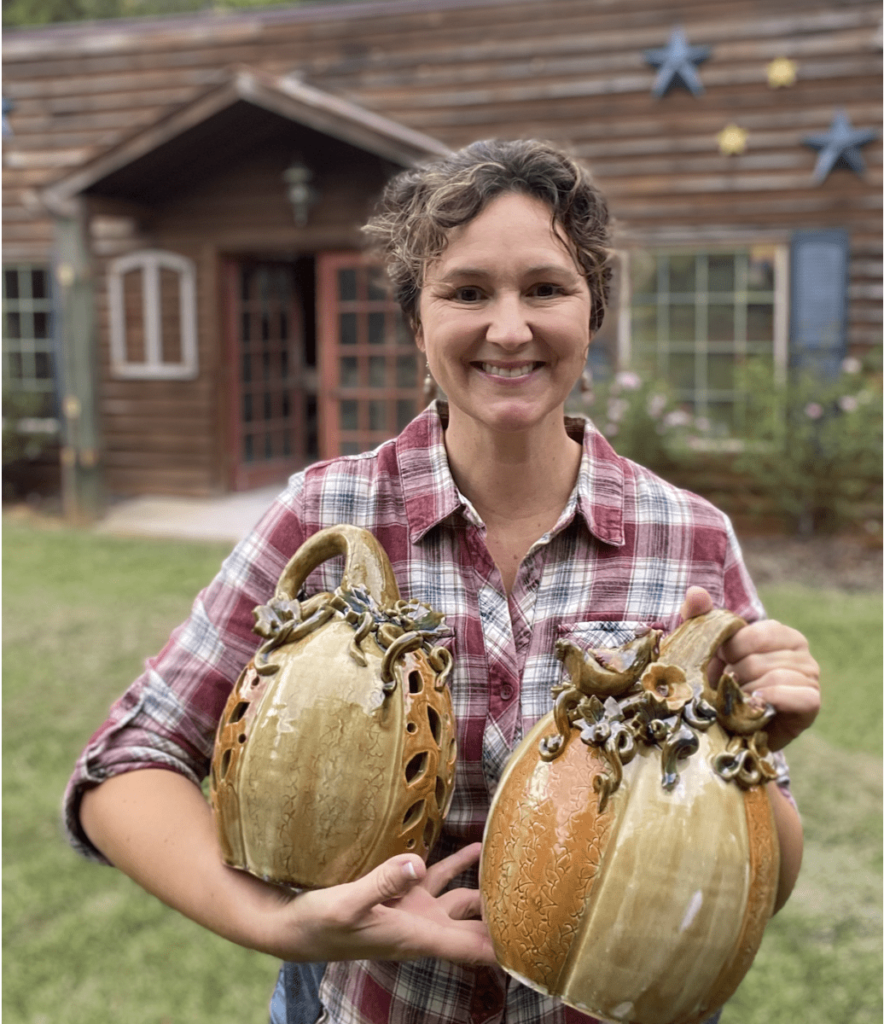
Celebrate American Craft Week

Act Two for Tot Hill Farm
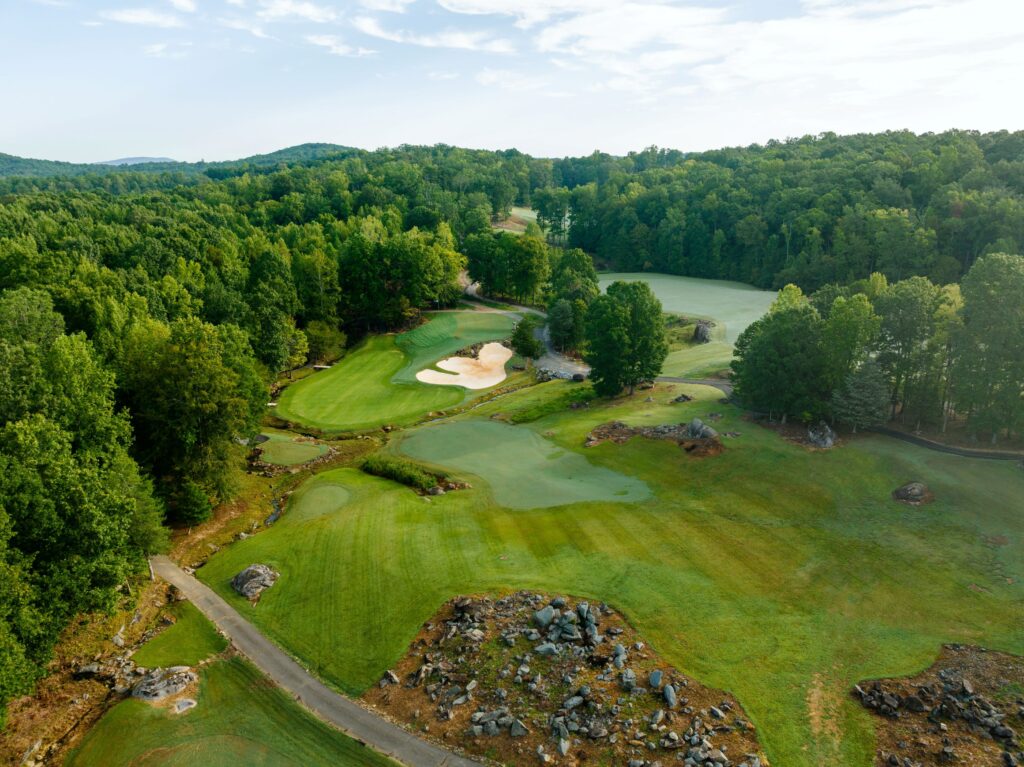
An Artist in the Dirt
Legends of the Pines

Breakfast Joints of the Sandhills

The Scottish Invasion

To Dornoch and Back
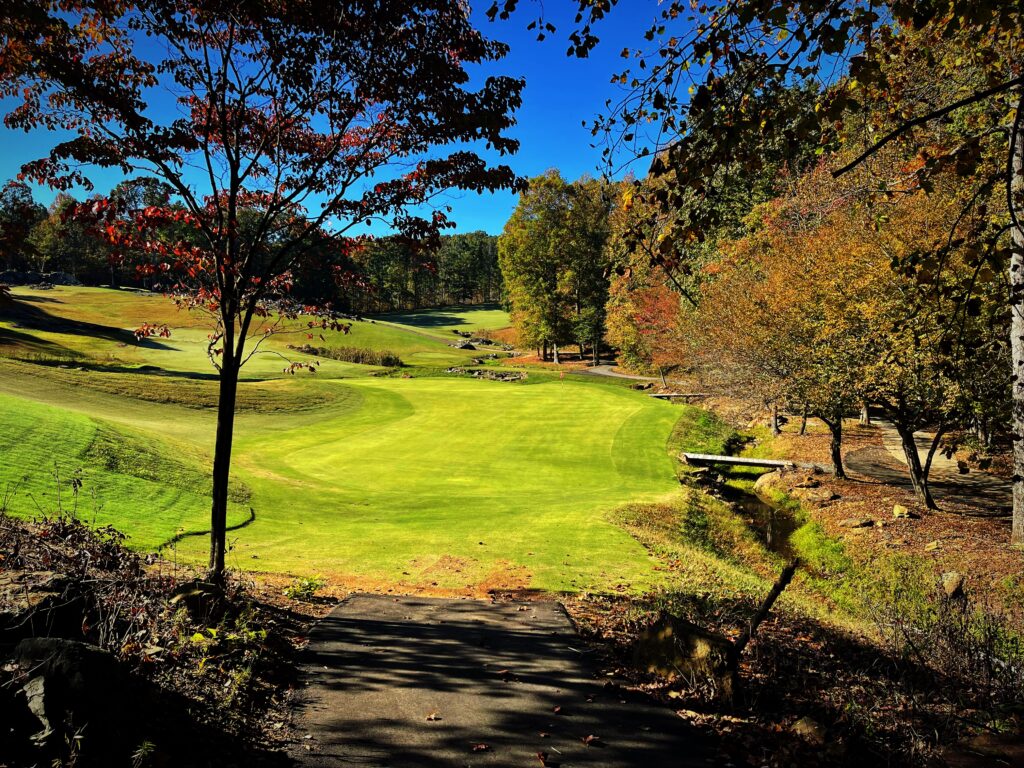
A “New” Pinehurst Welcomes the World in 2024
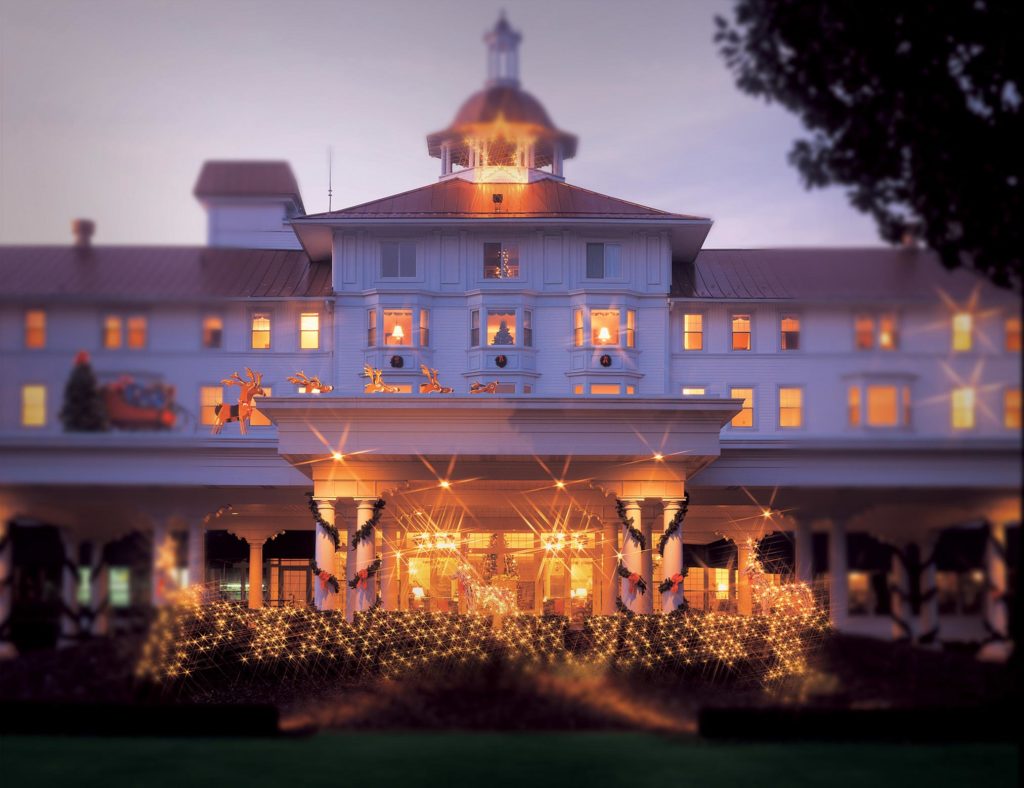
Pinehurst Holiday

Golfers Gift Guide
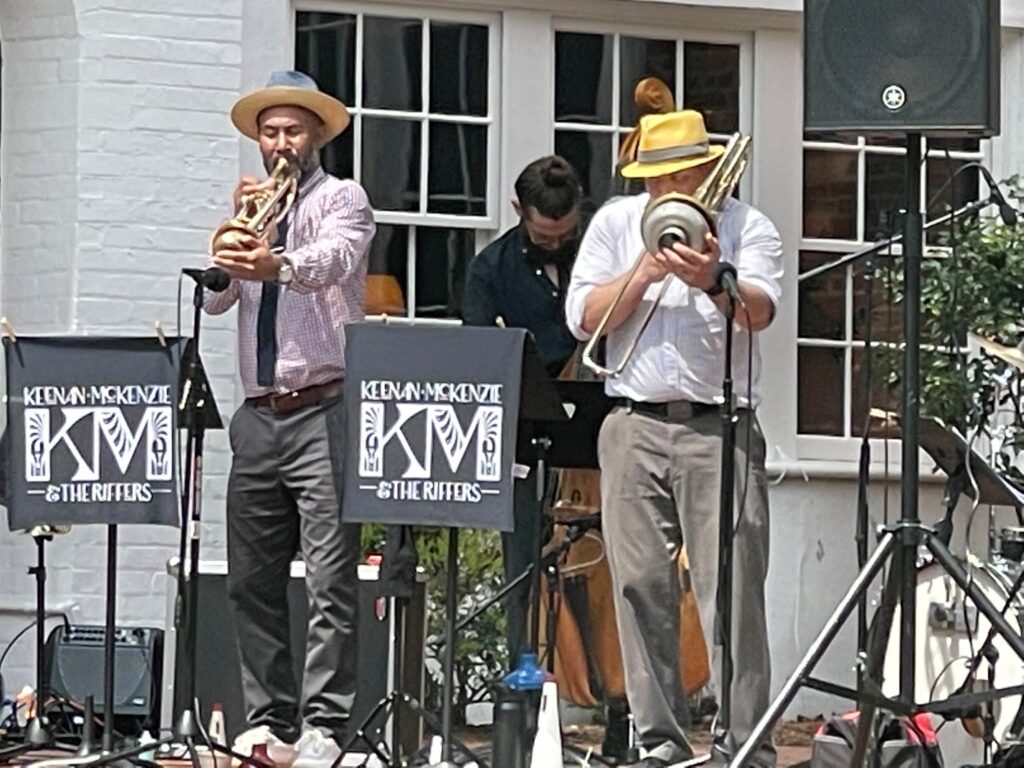
Sandhills Nightlife Scene

A U.S. Open Year

Payne at 25

Where to Antique in Cameron and Carthage

Girls’ Weekend in Moore County
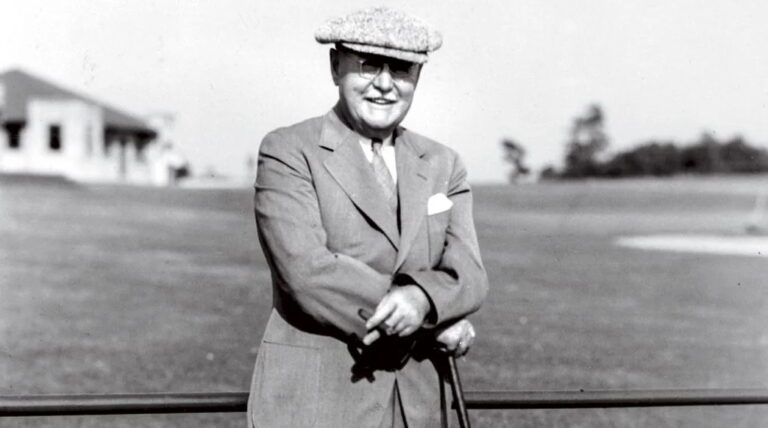
Sandhills Hall of Fame
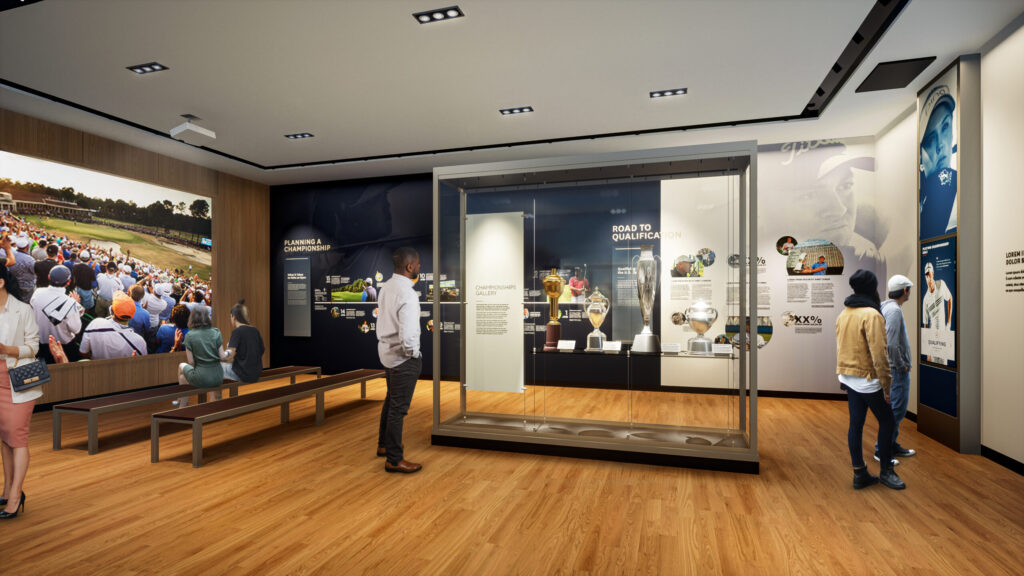
Hall of Fame Take Two
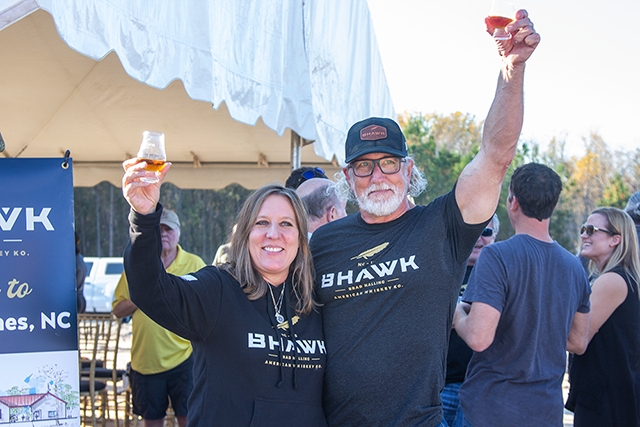
BHAWK Distillery Toasts Military Spirit

A Dozen Master Strokes
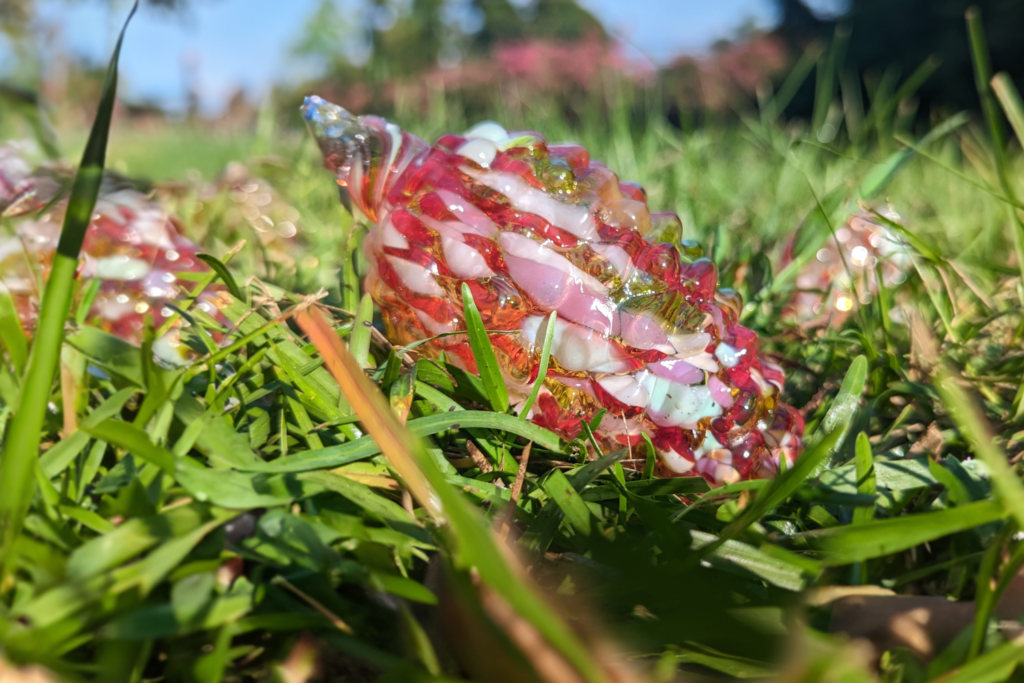
Popular Pinecone Pathways Returns for Spring 2024
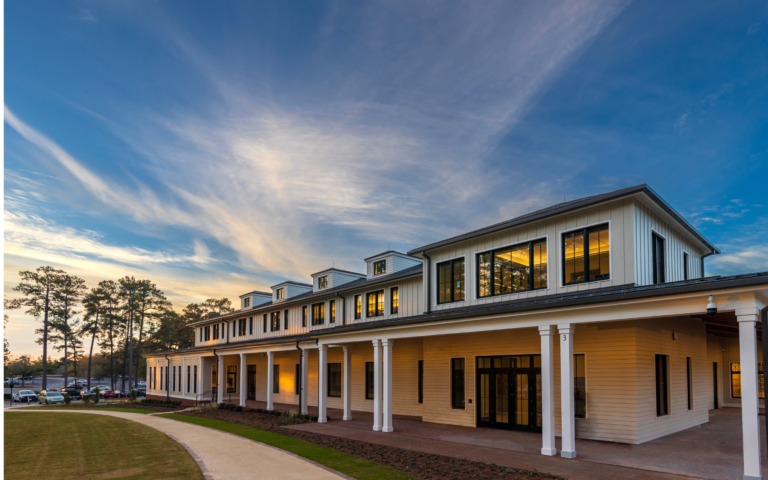
The Dynamic Decade
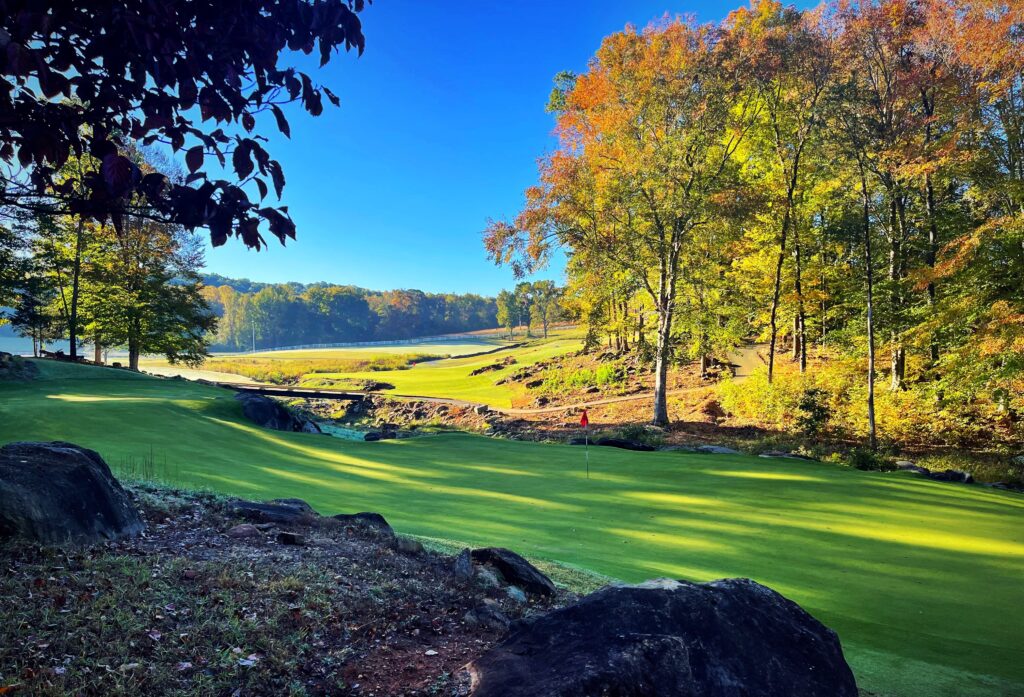
Sandhills Pours Double Dose
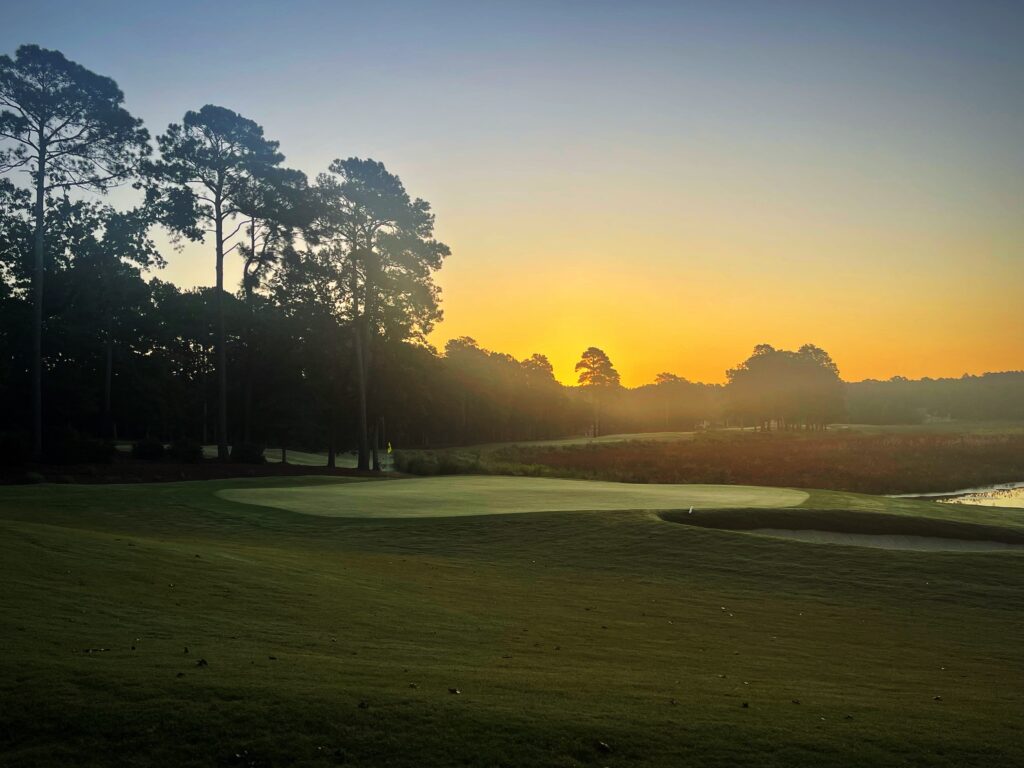
Rebirth at Woodlake
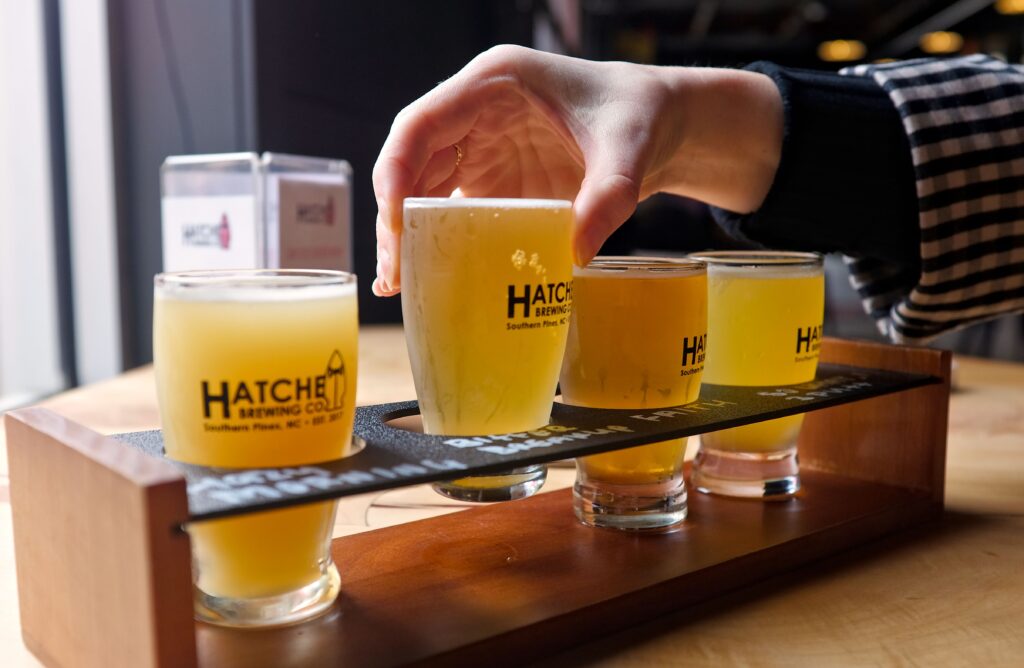
Pints in the Pines: A Guide to the Breweries of the Sandhills

